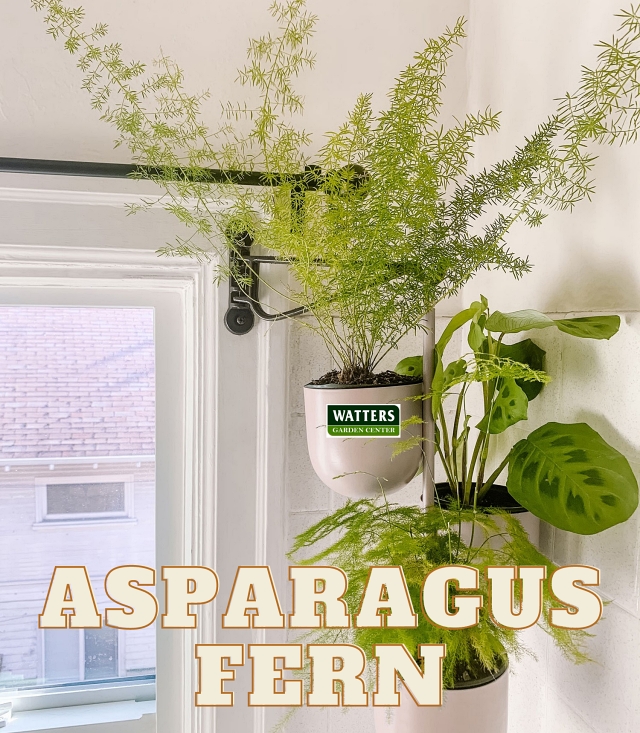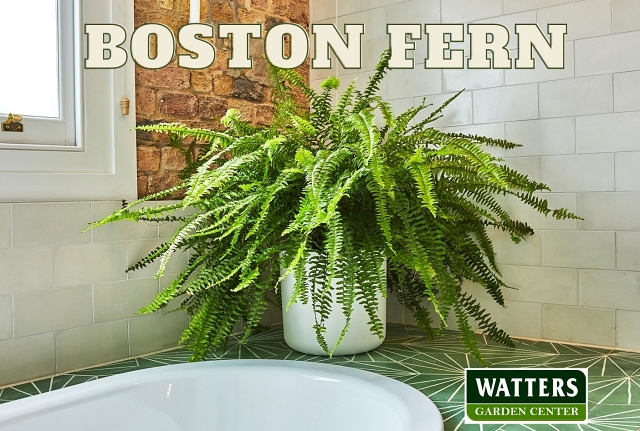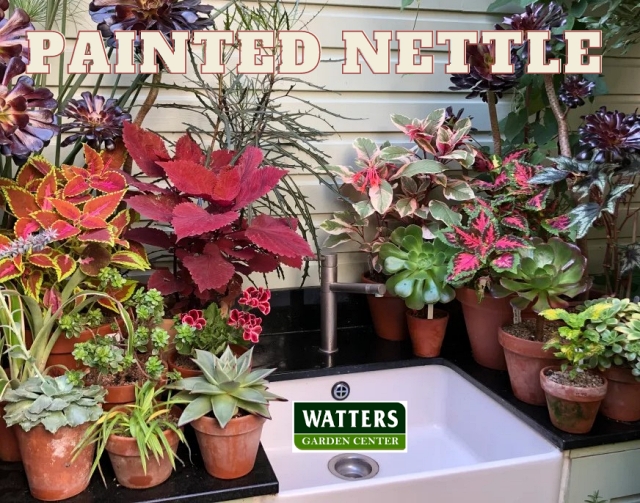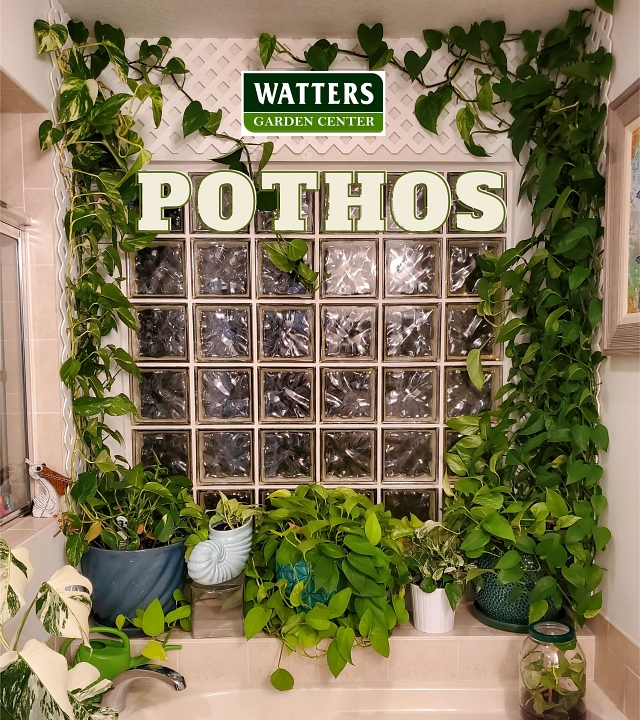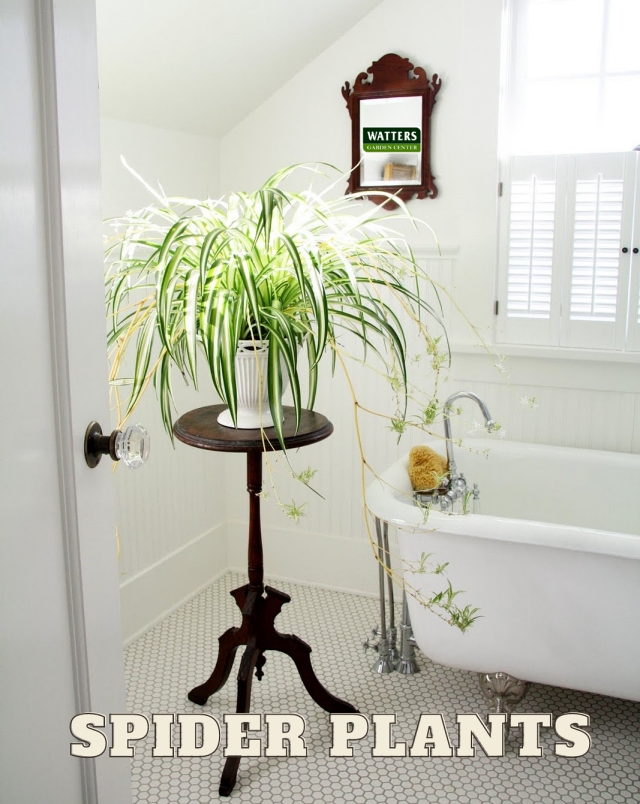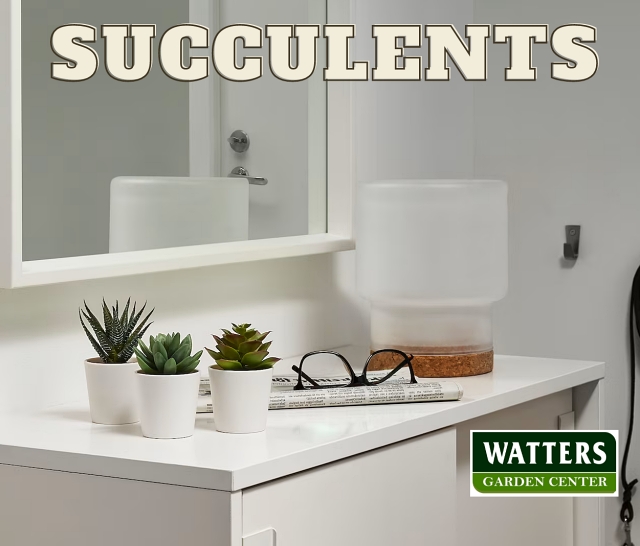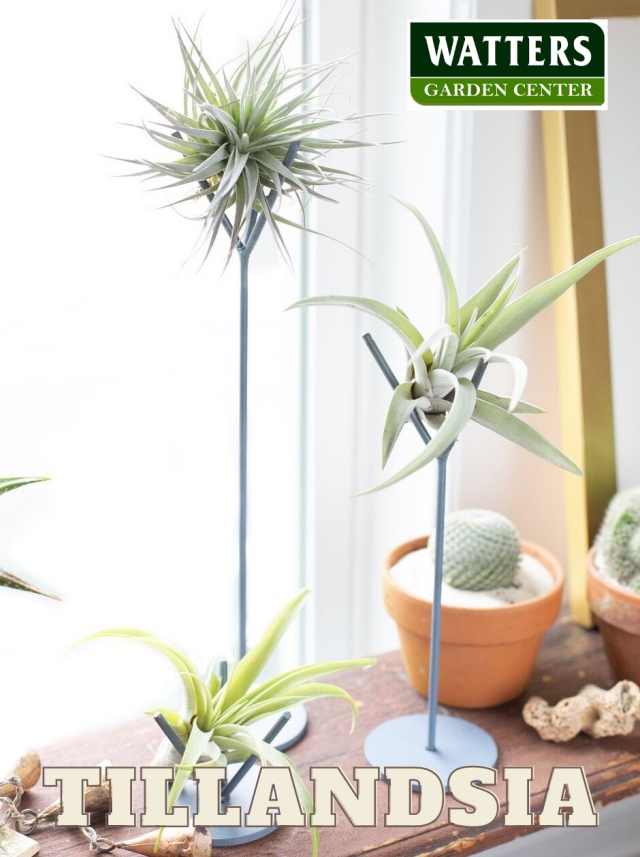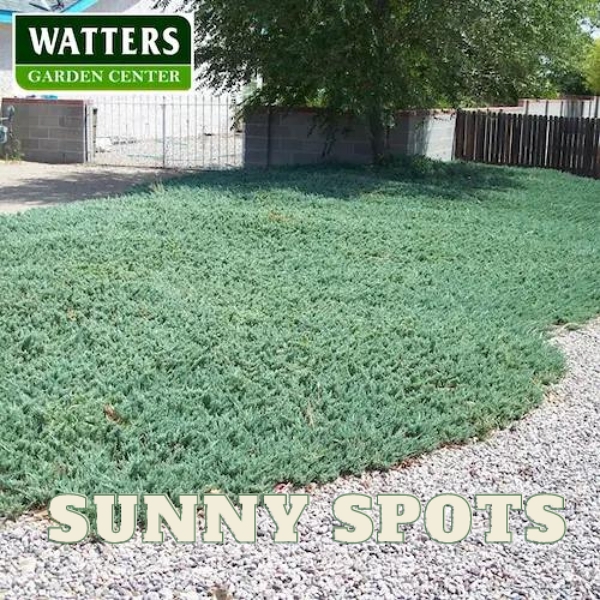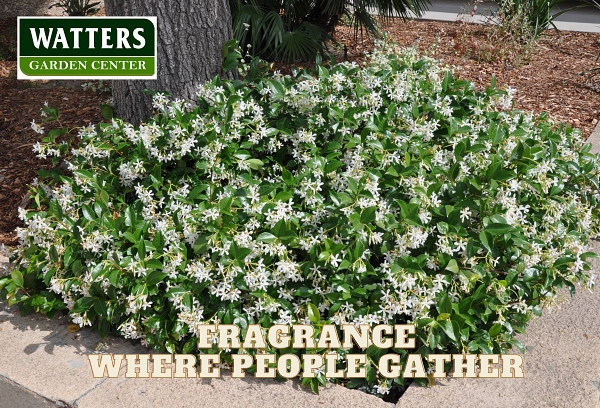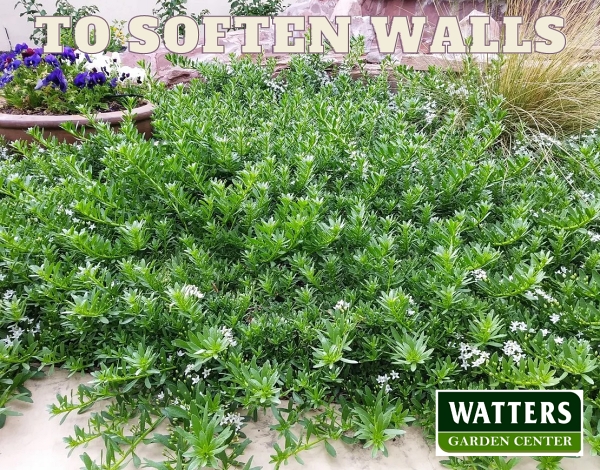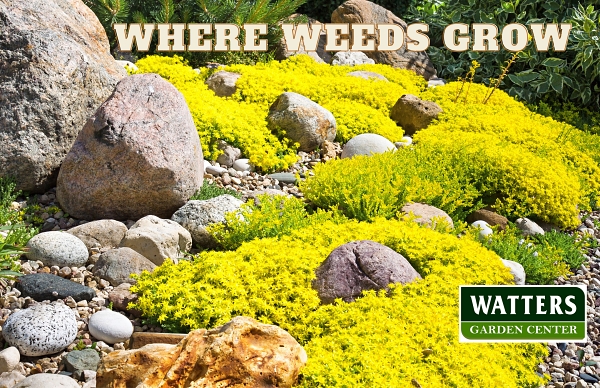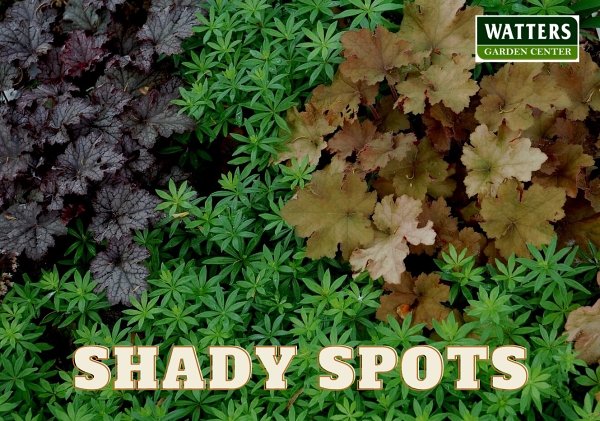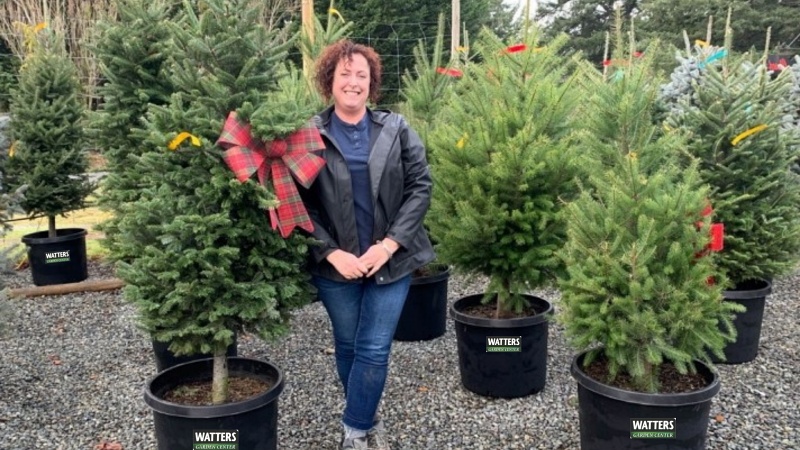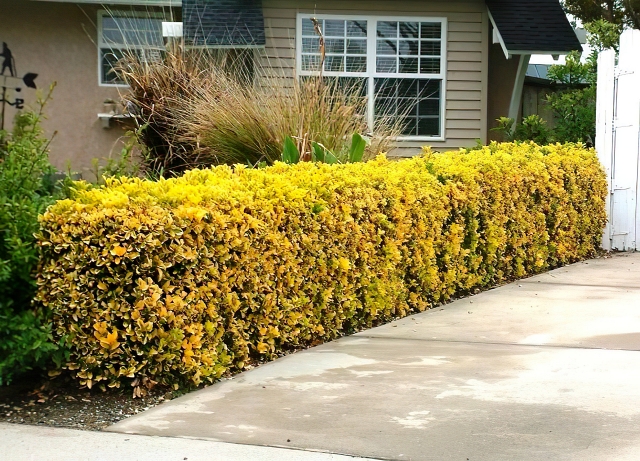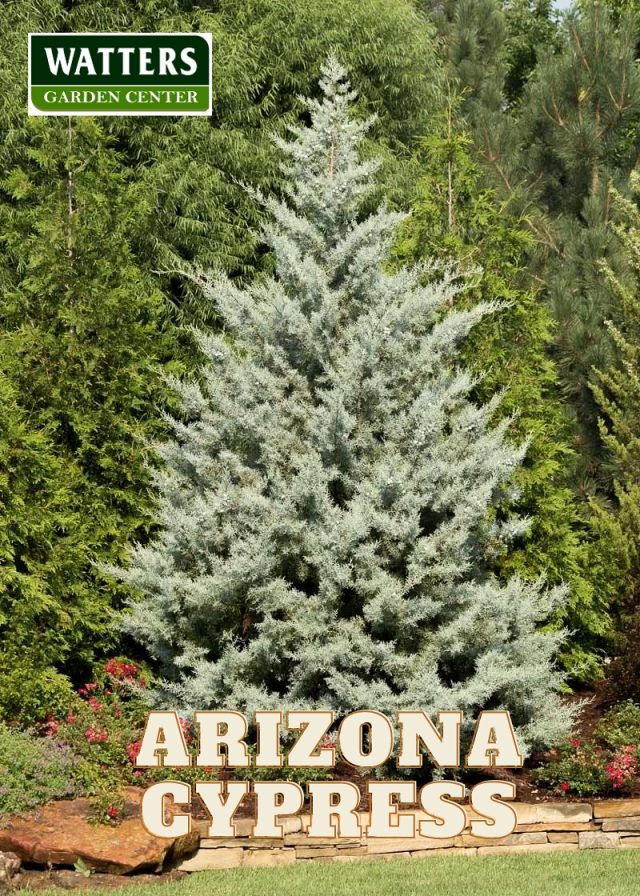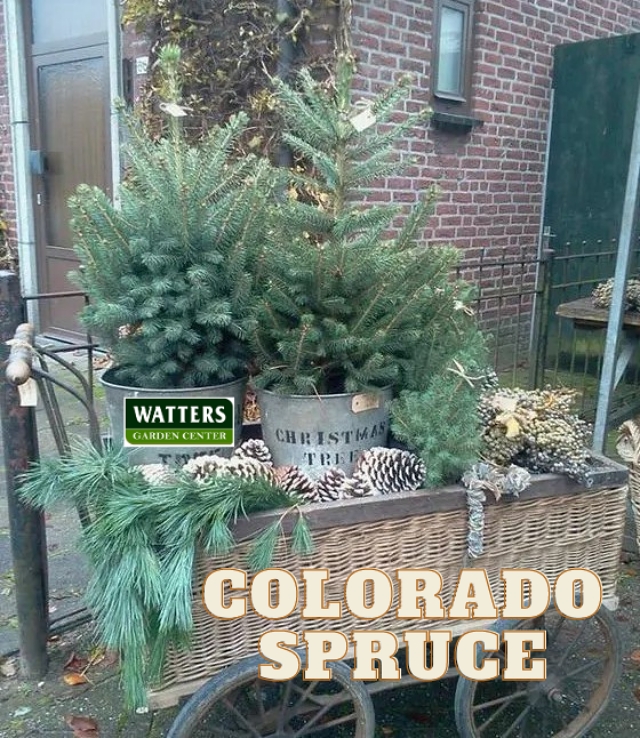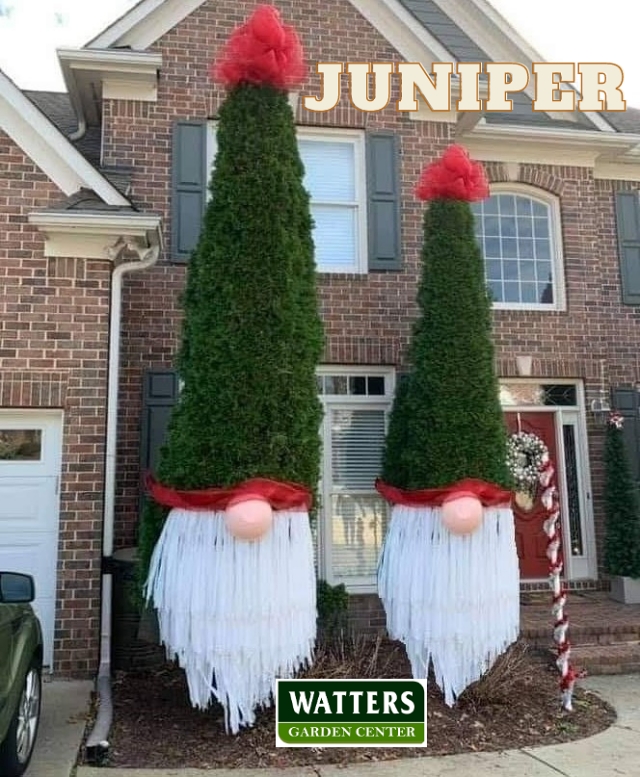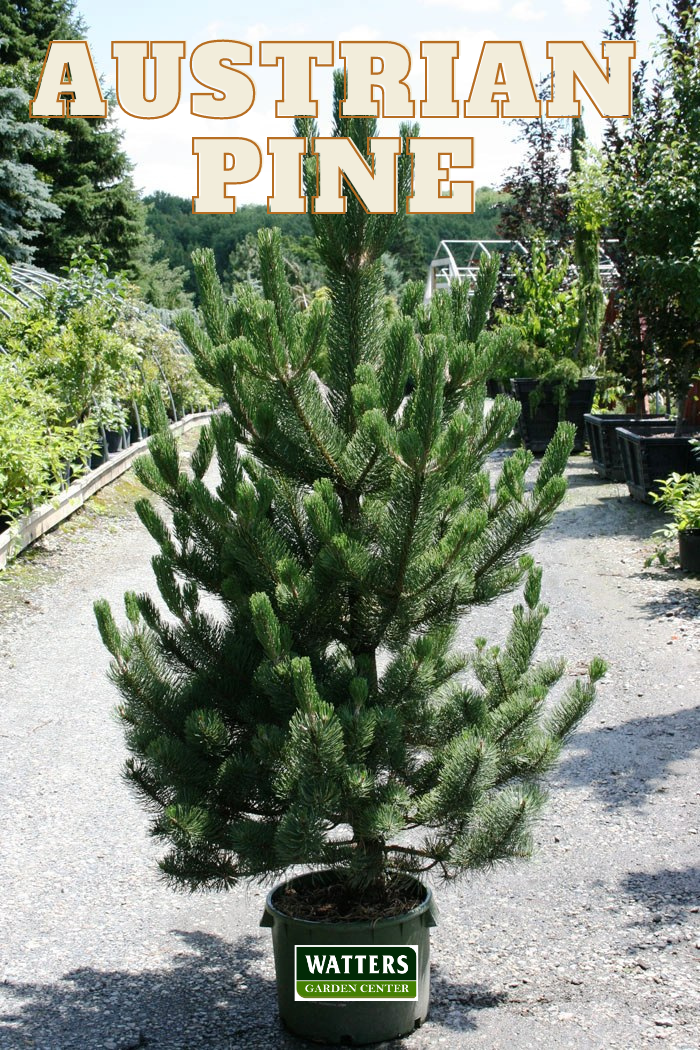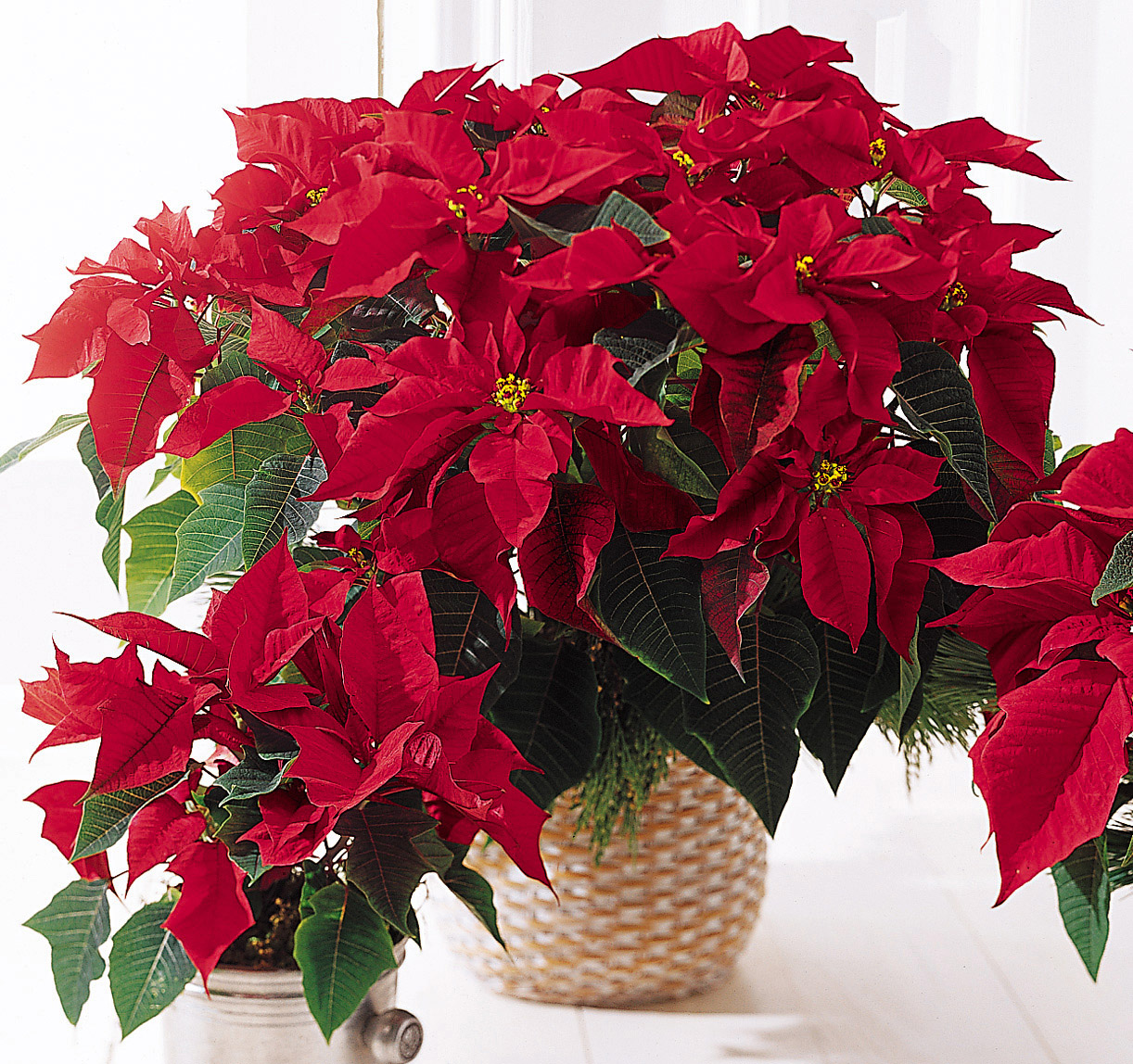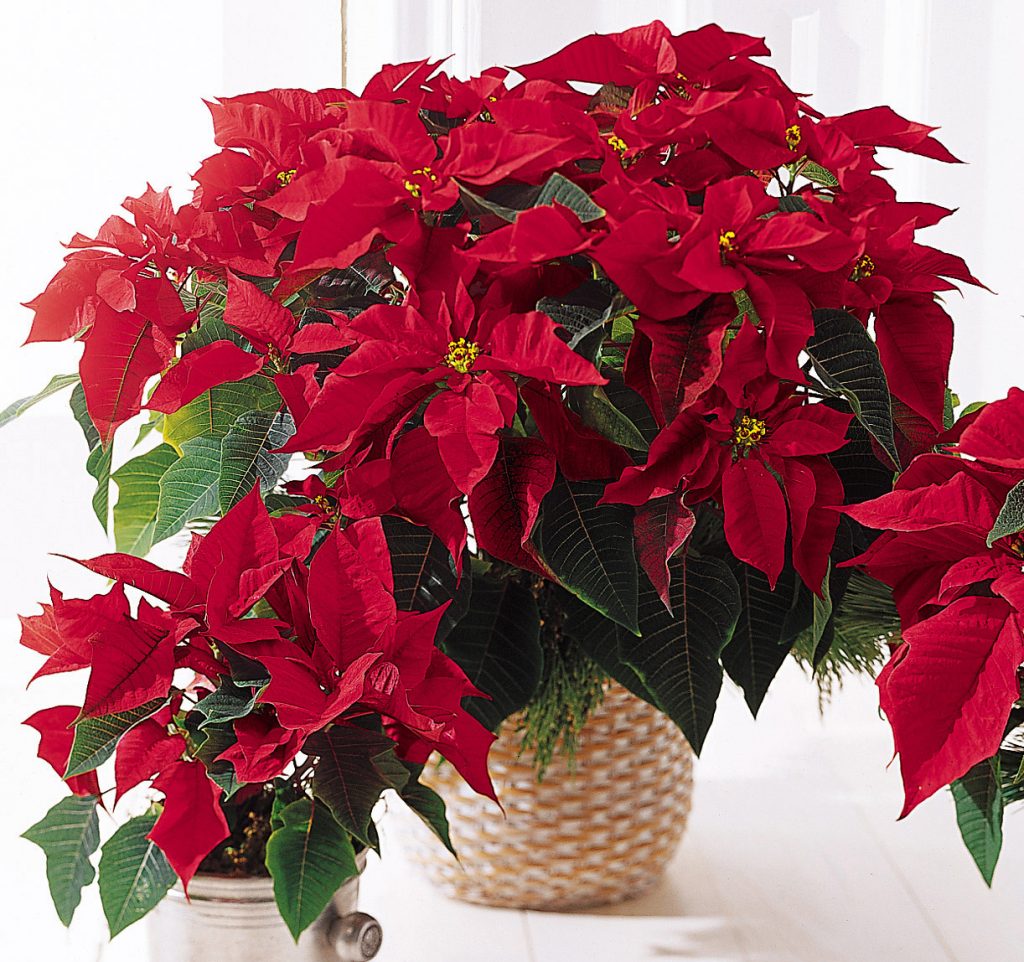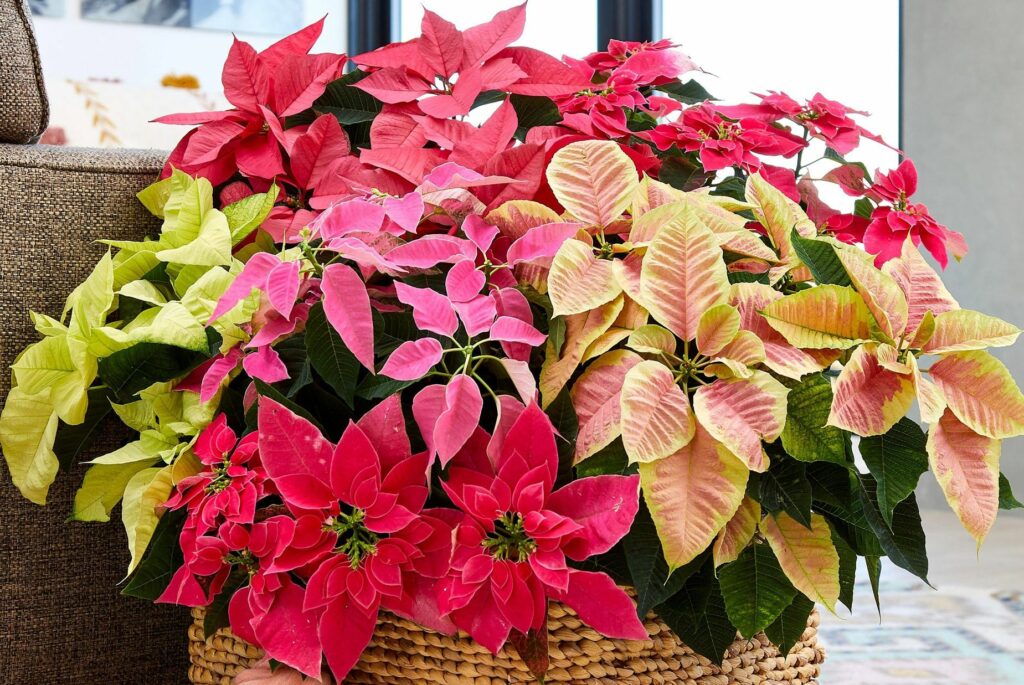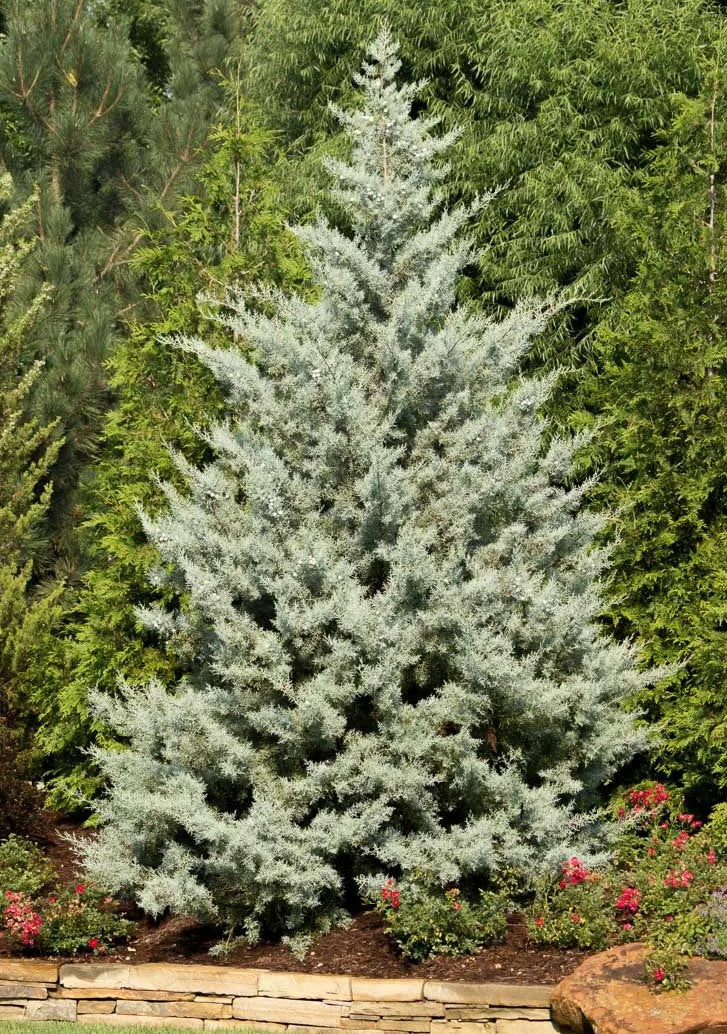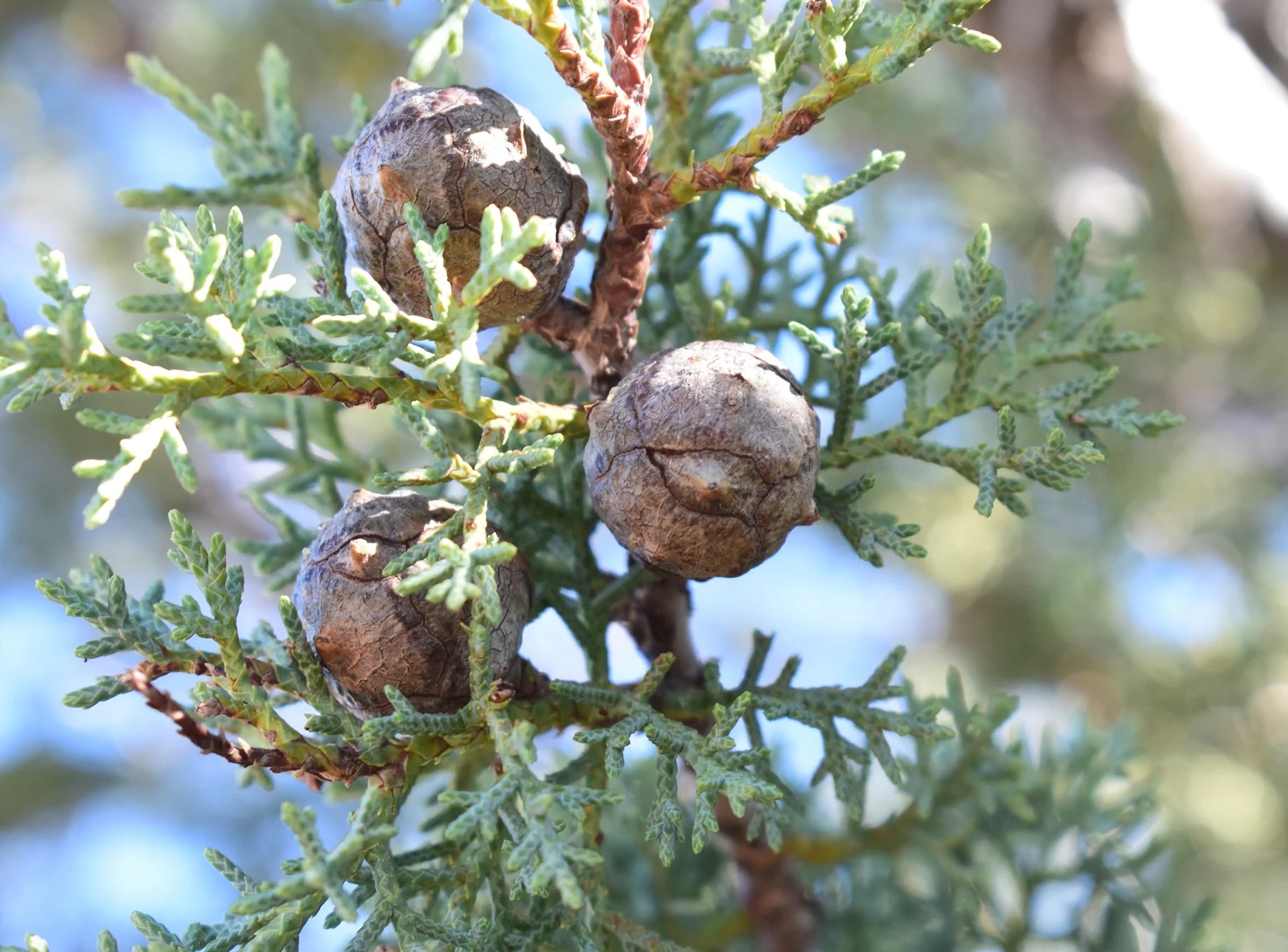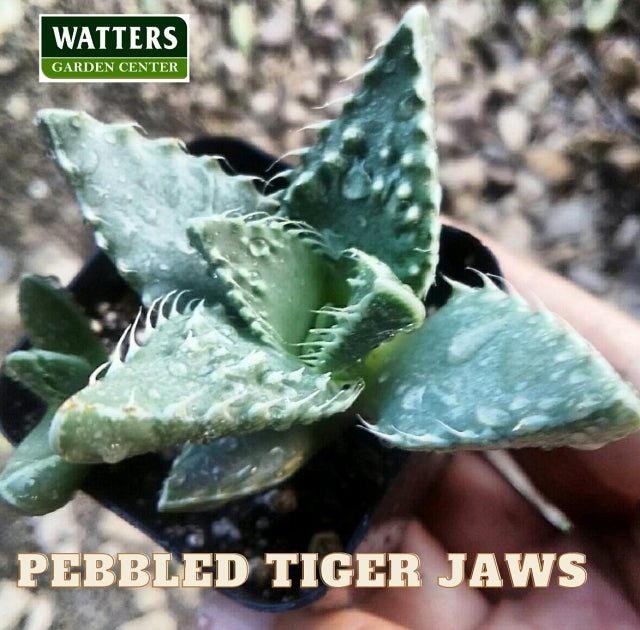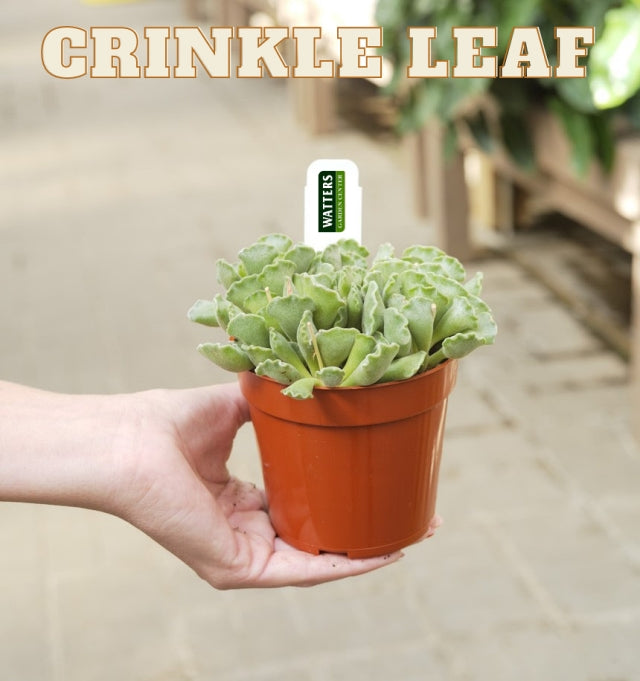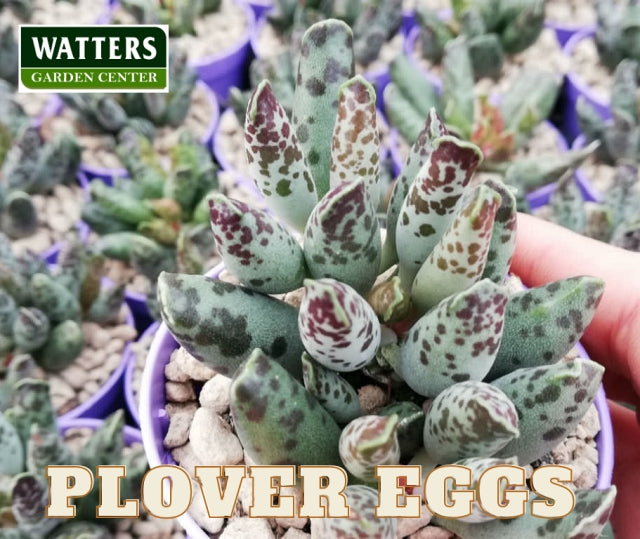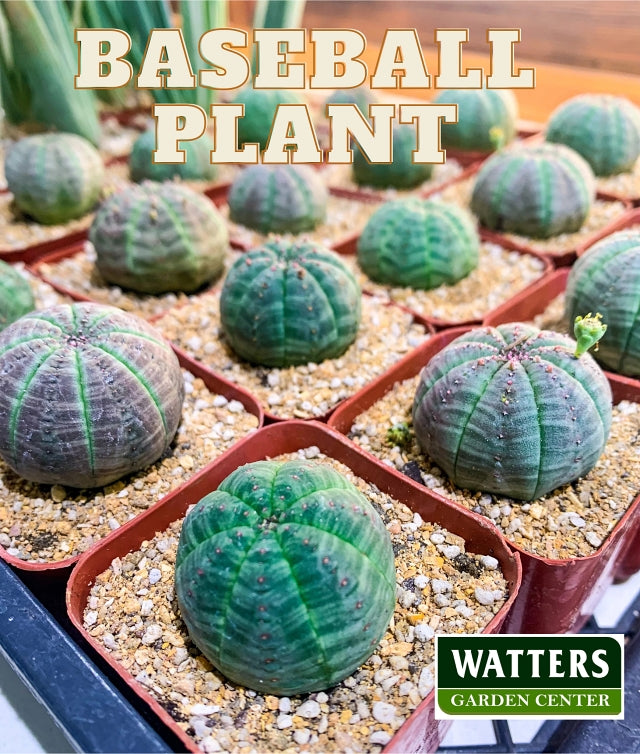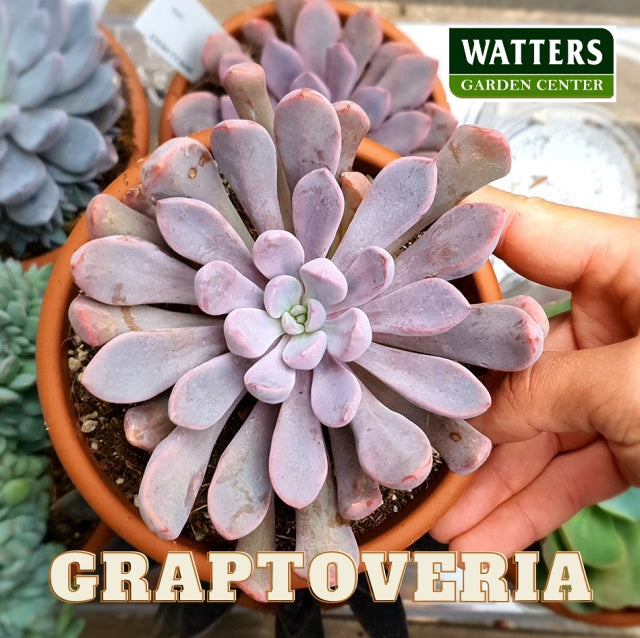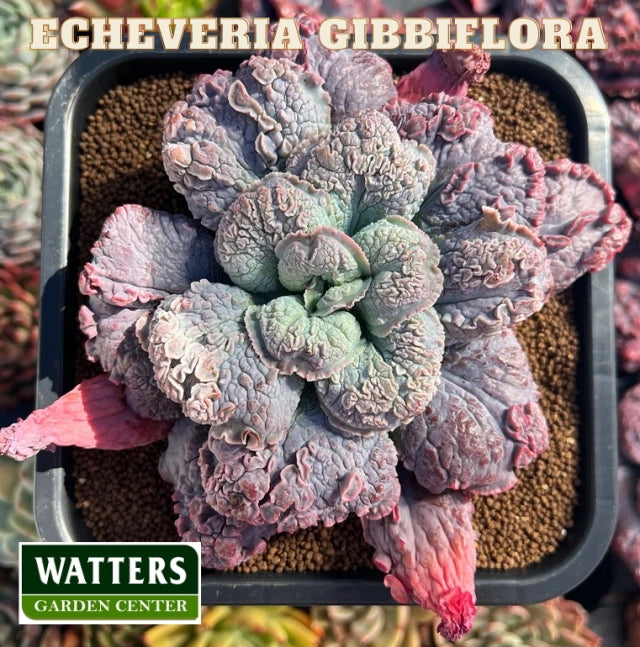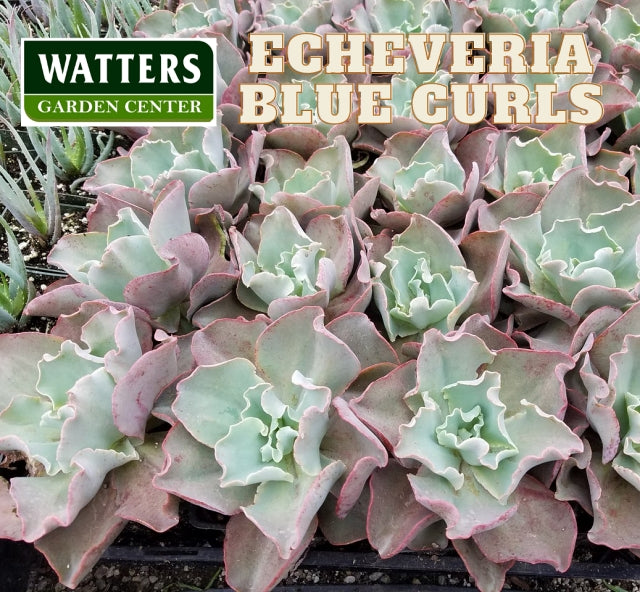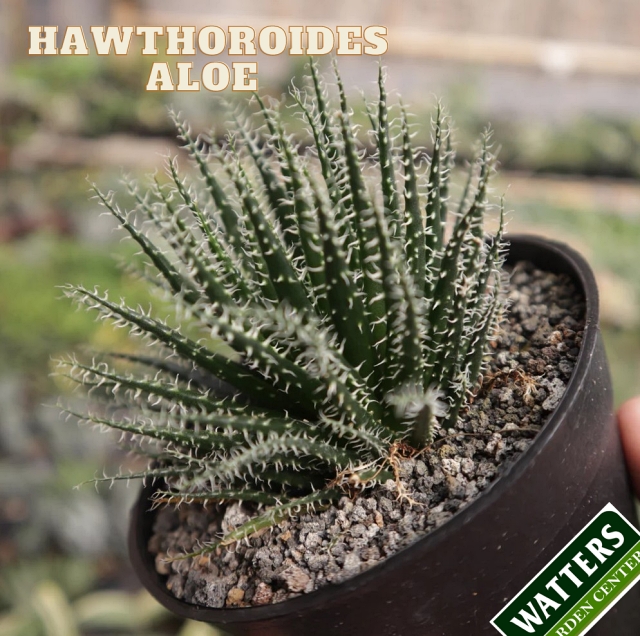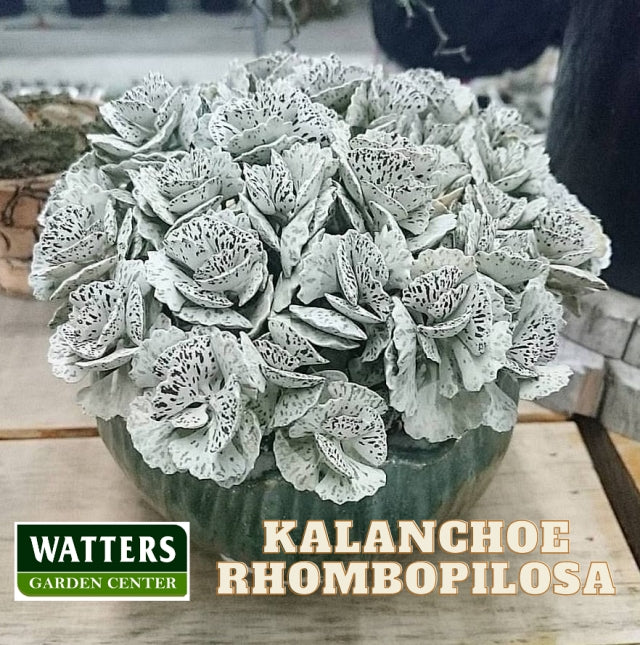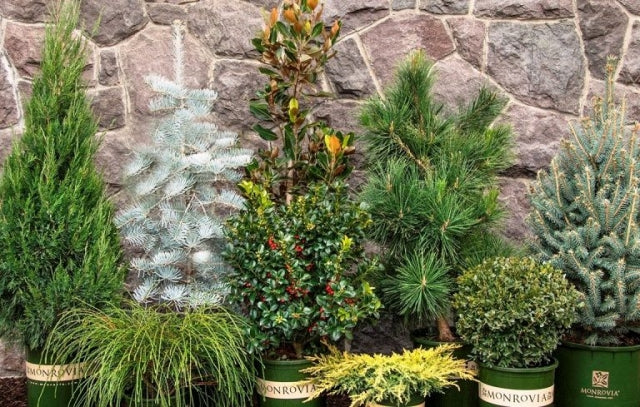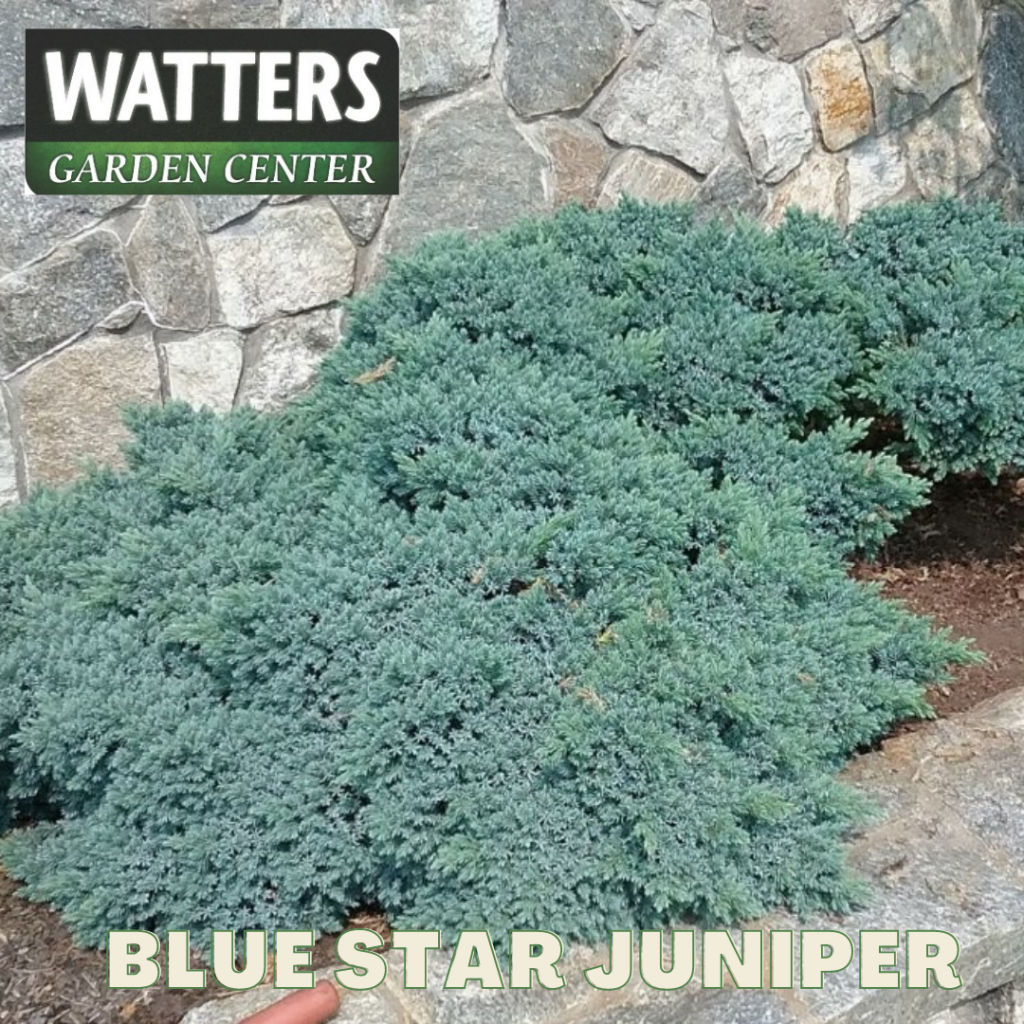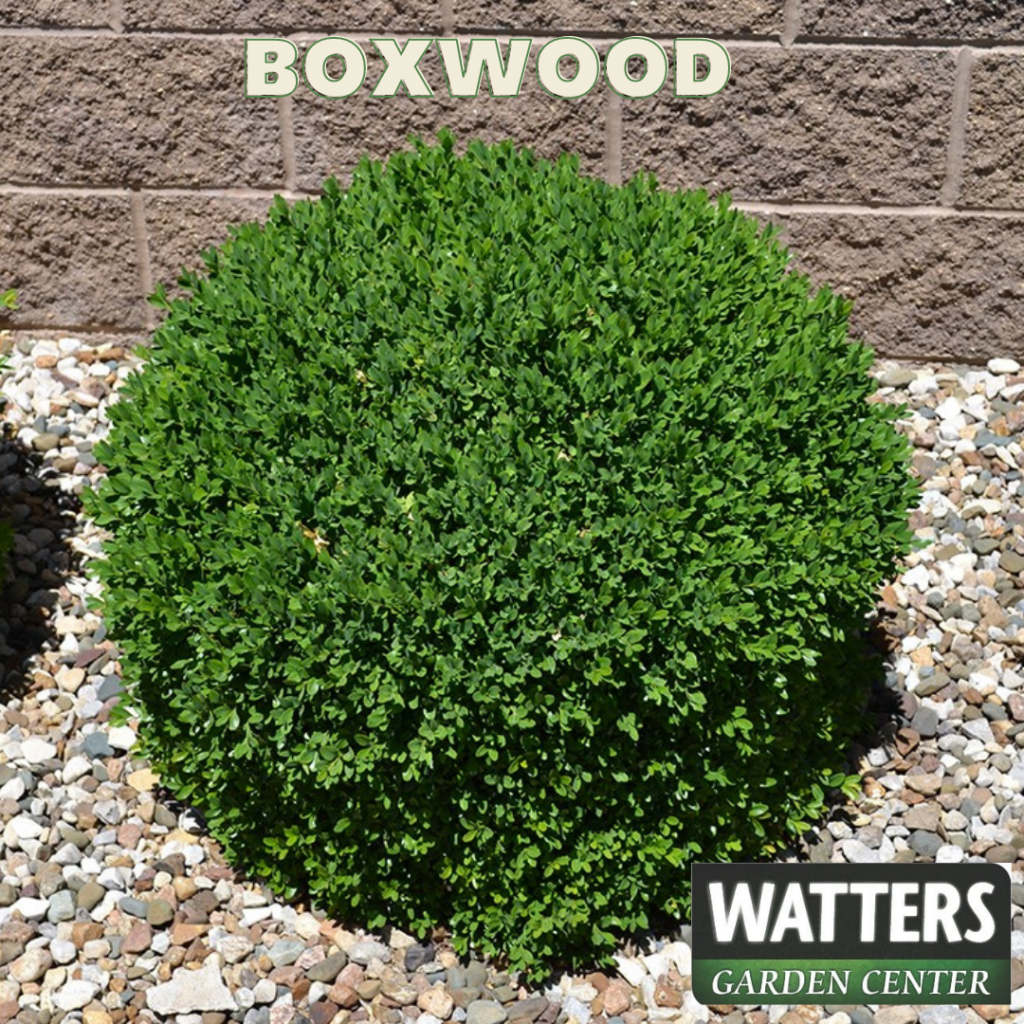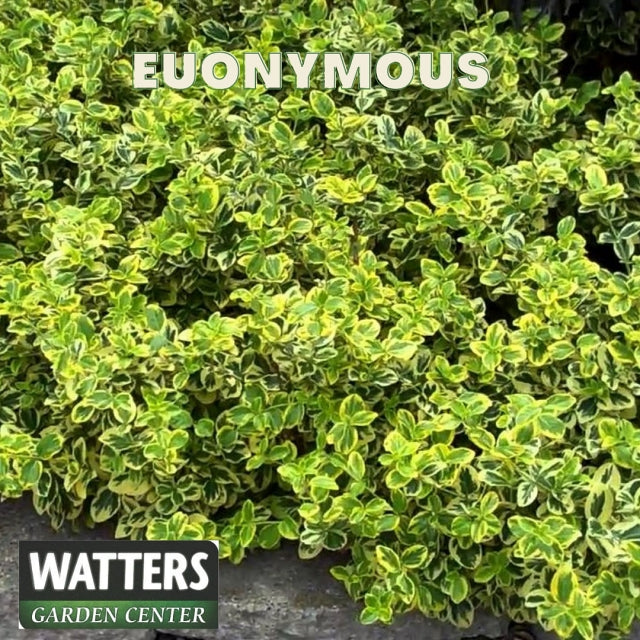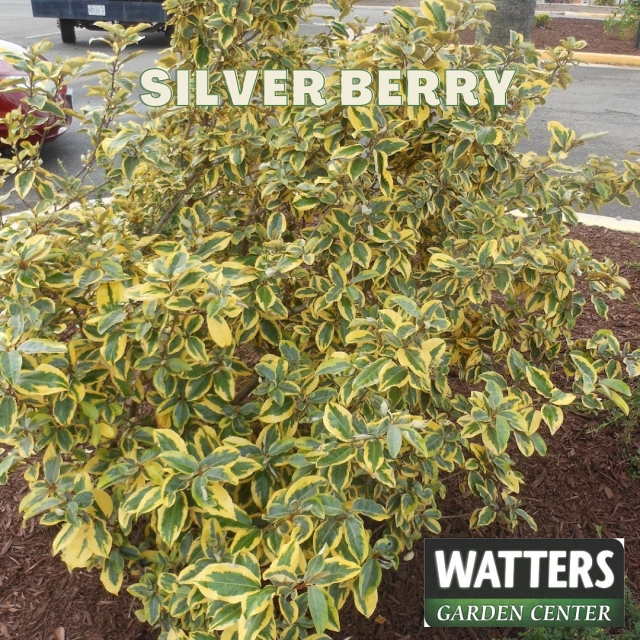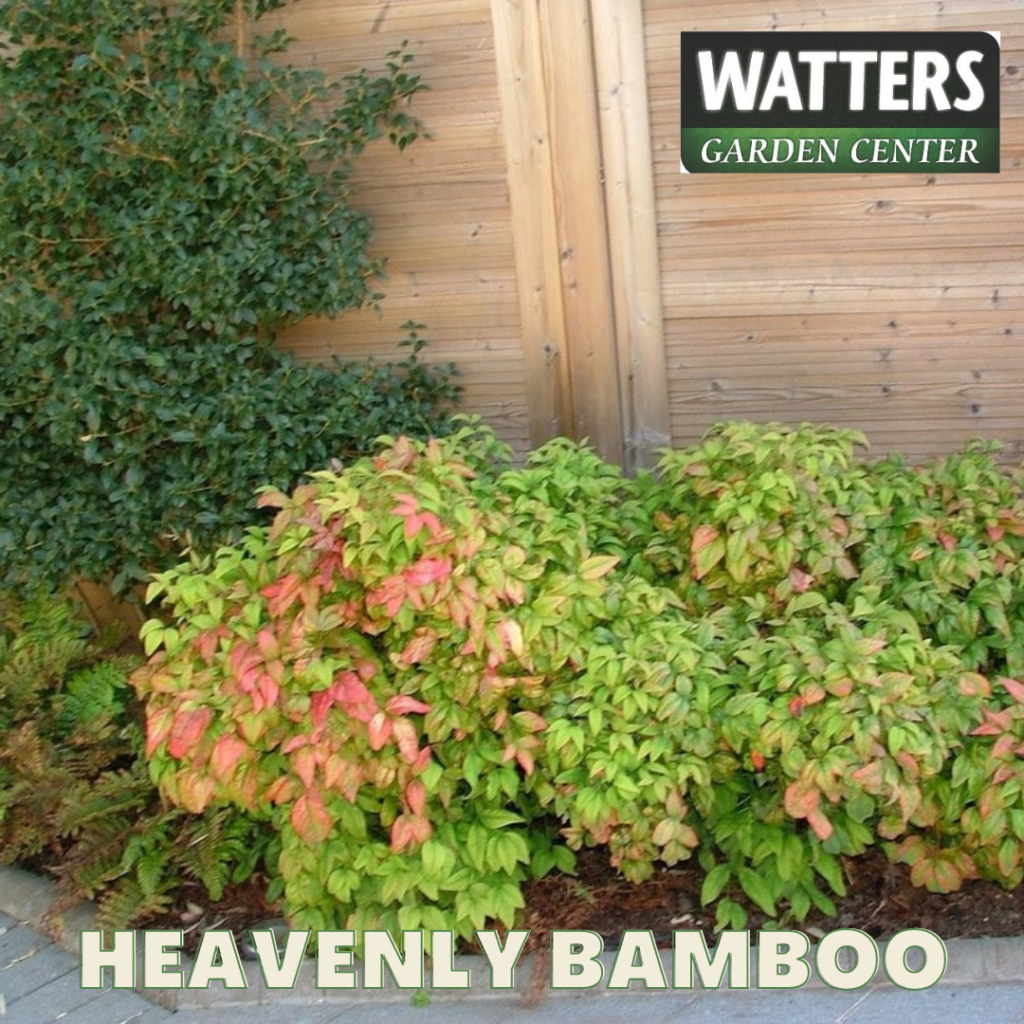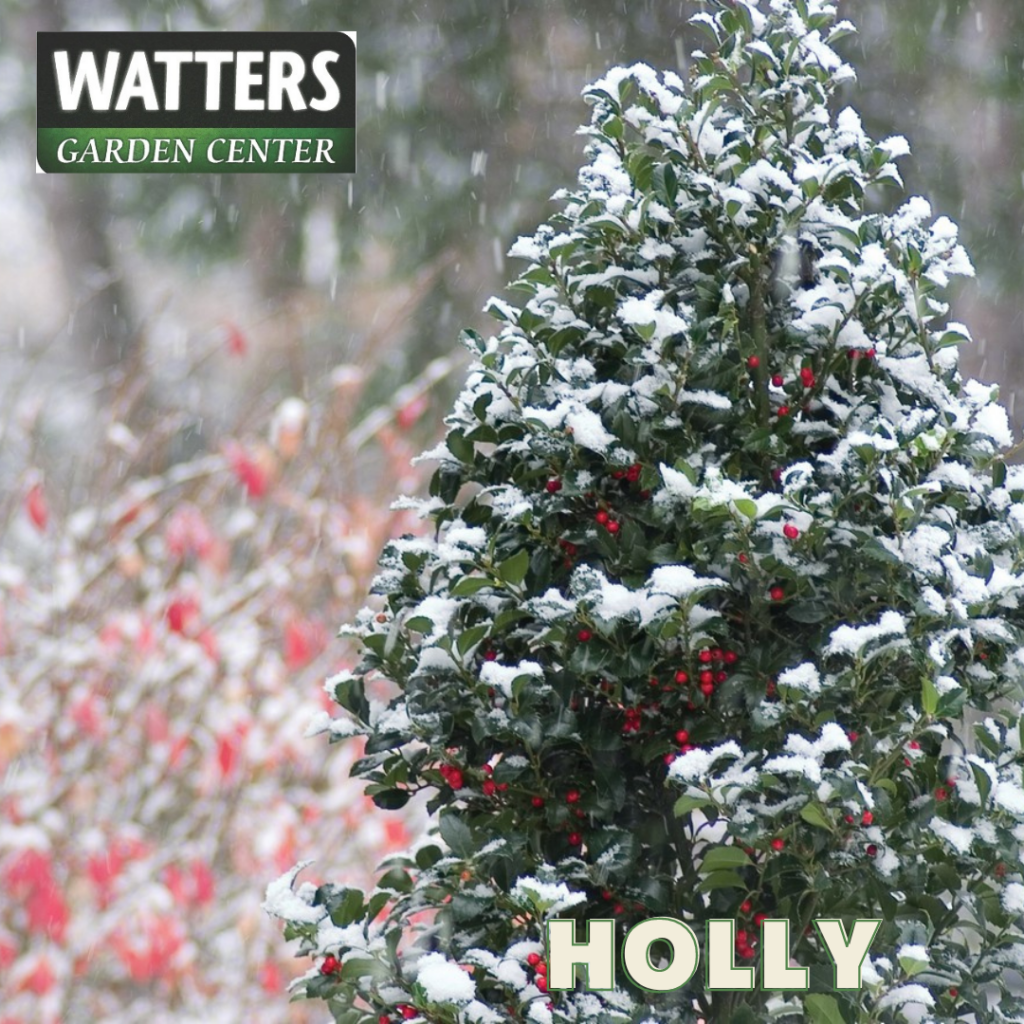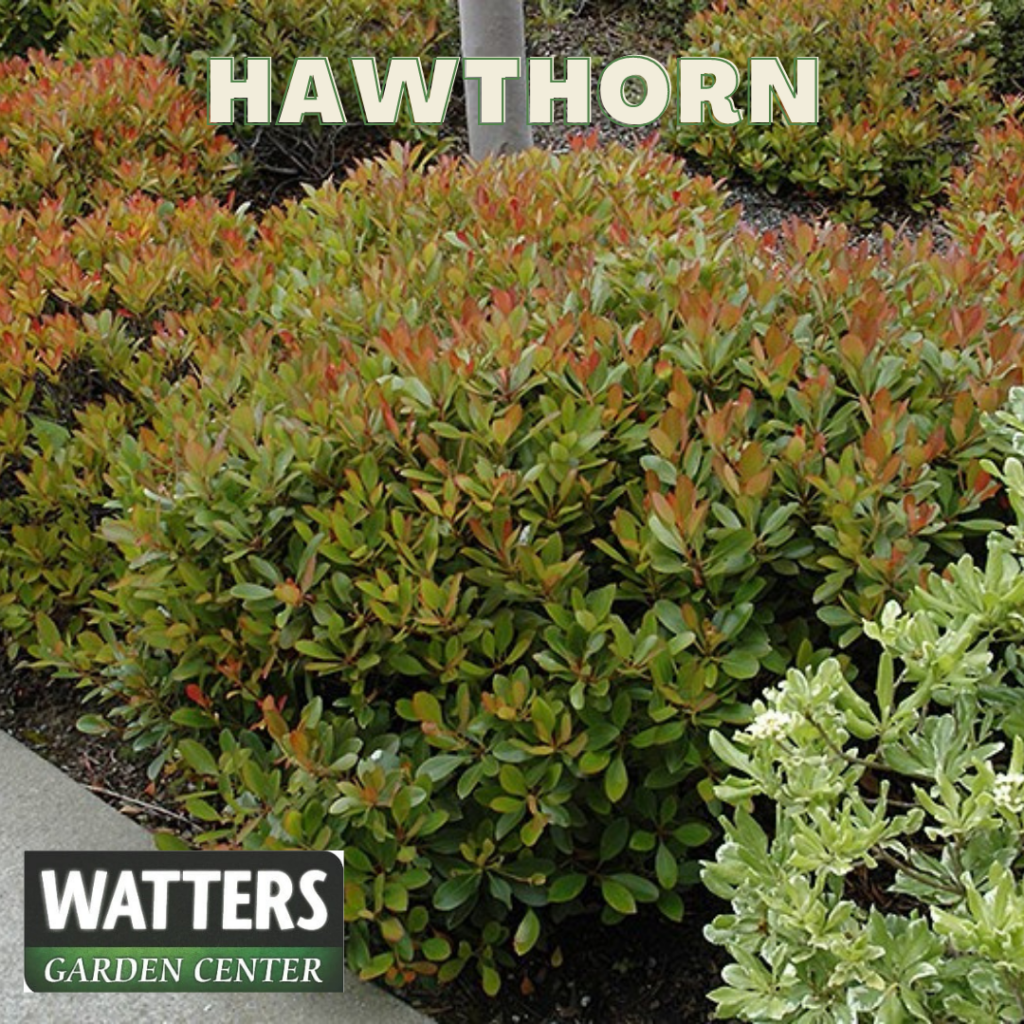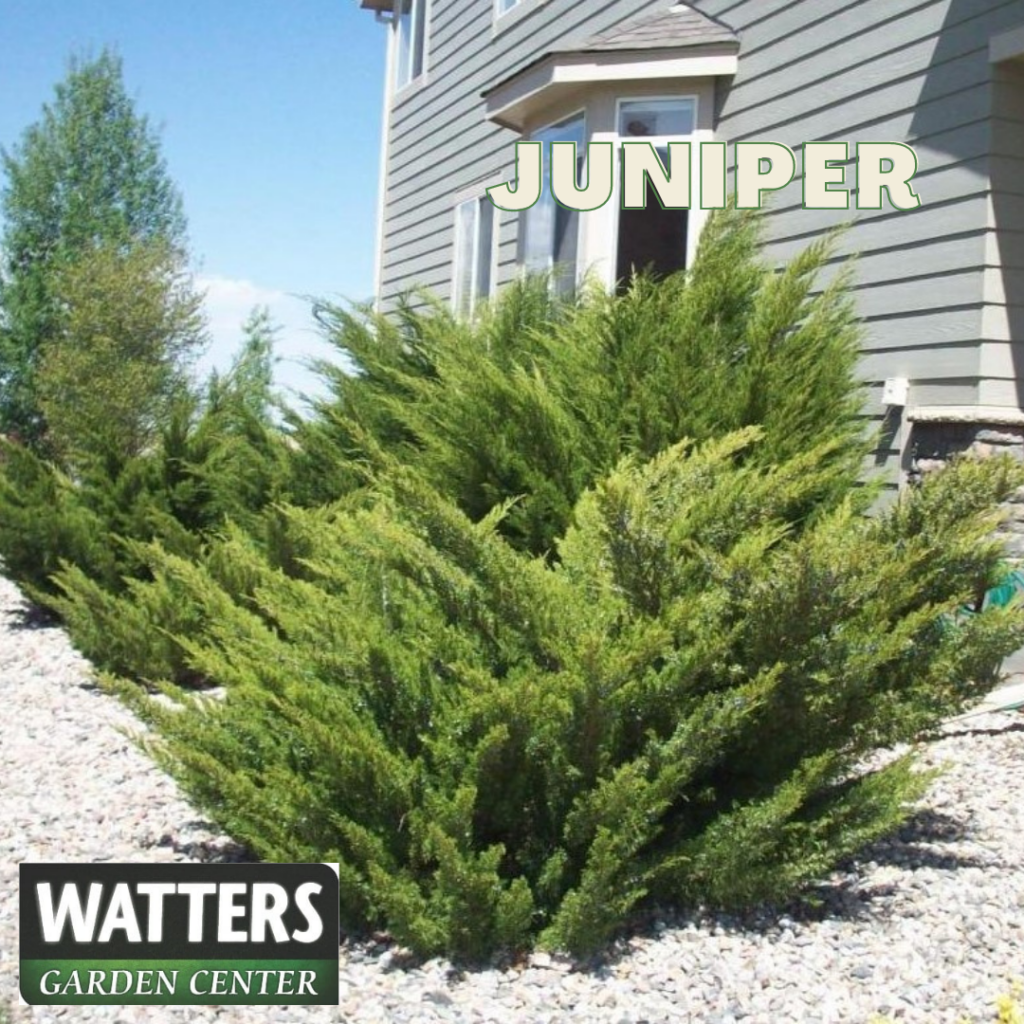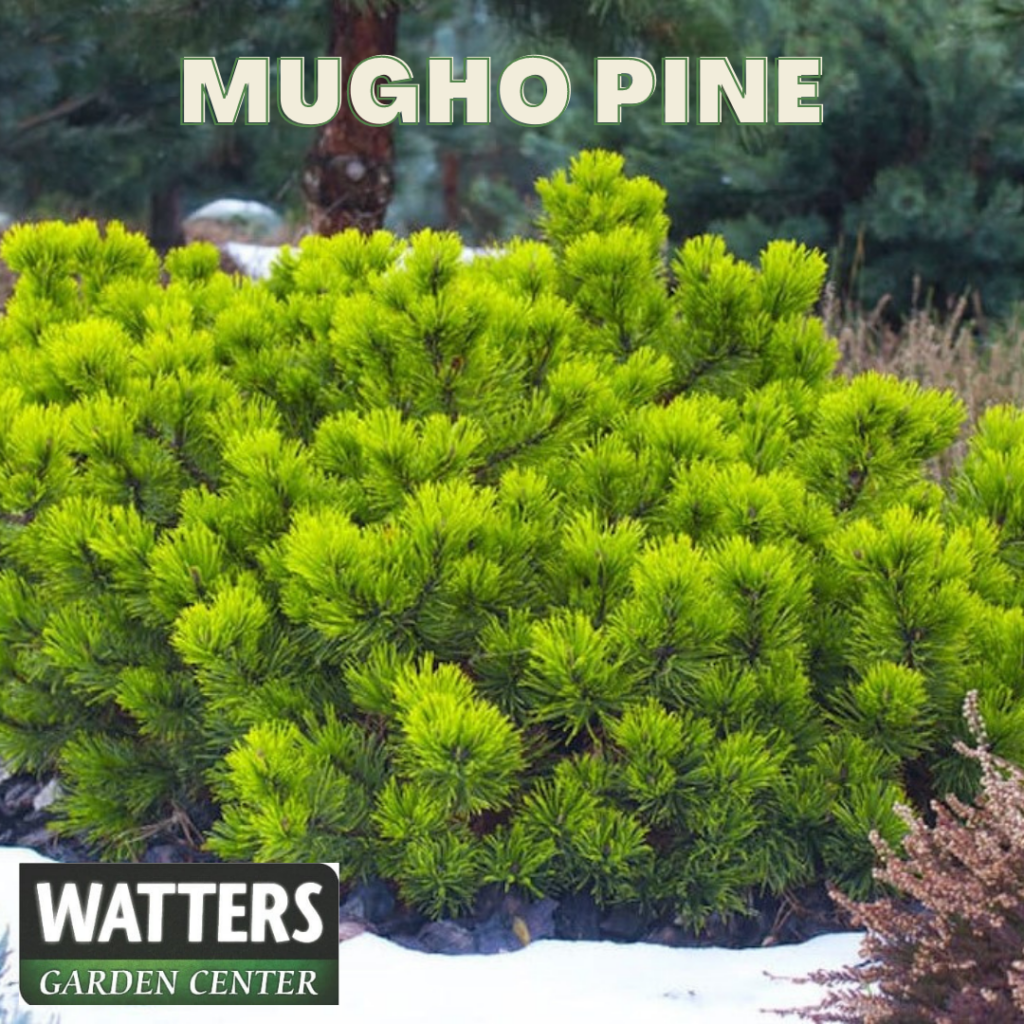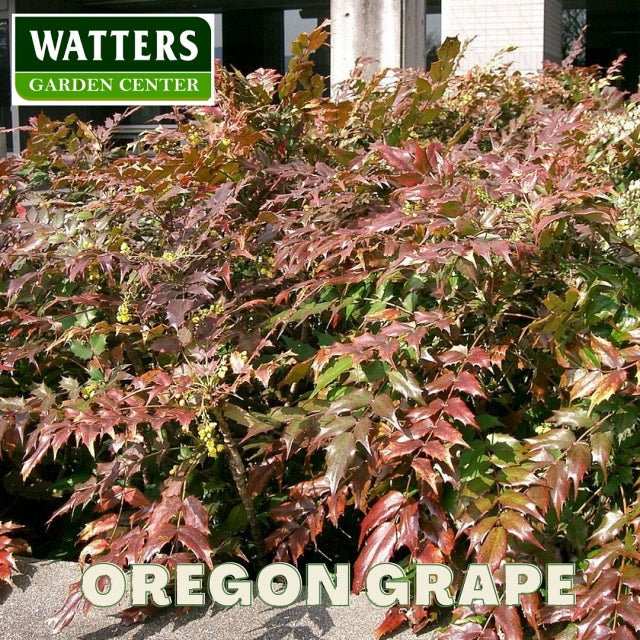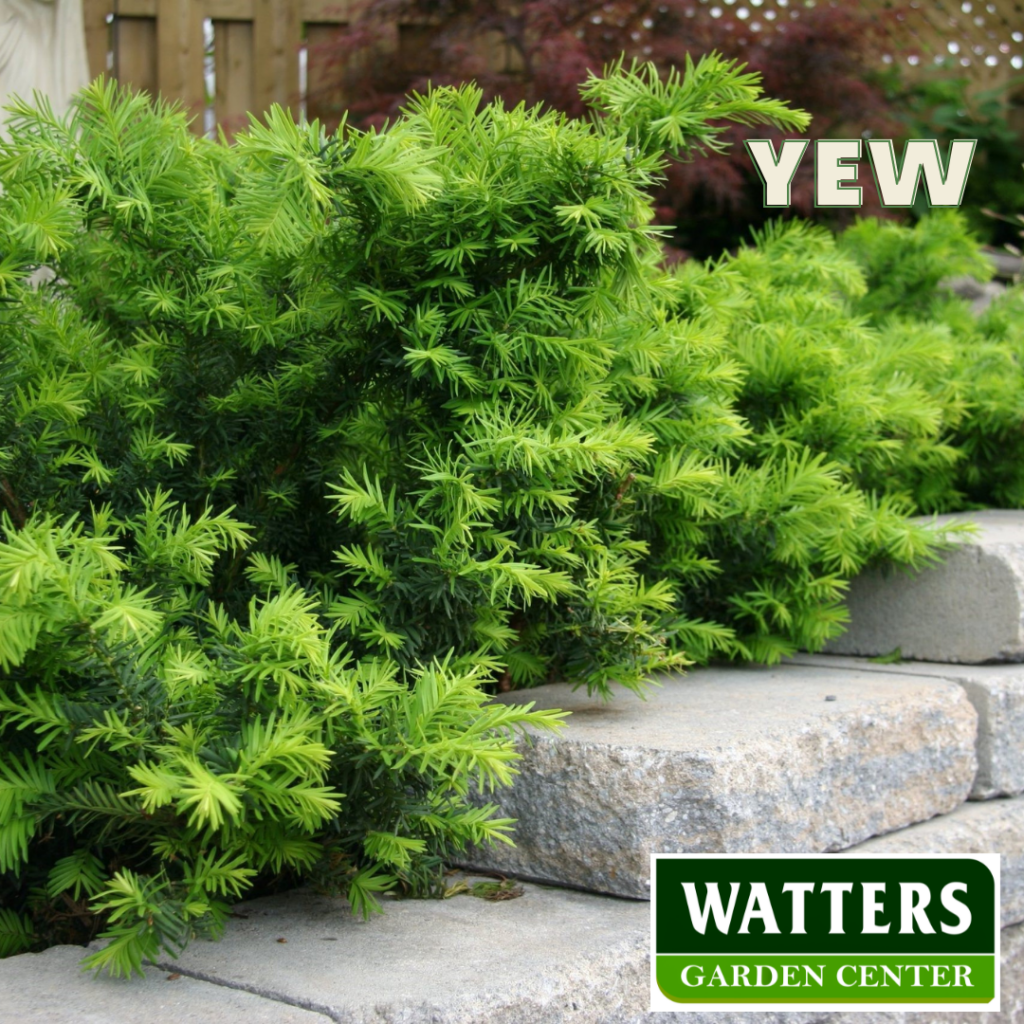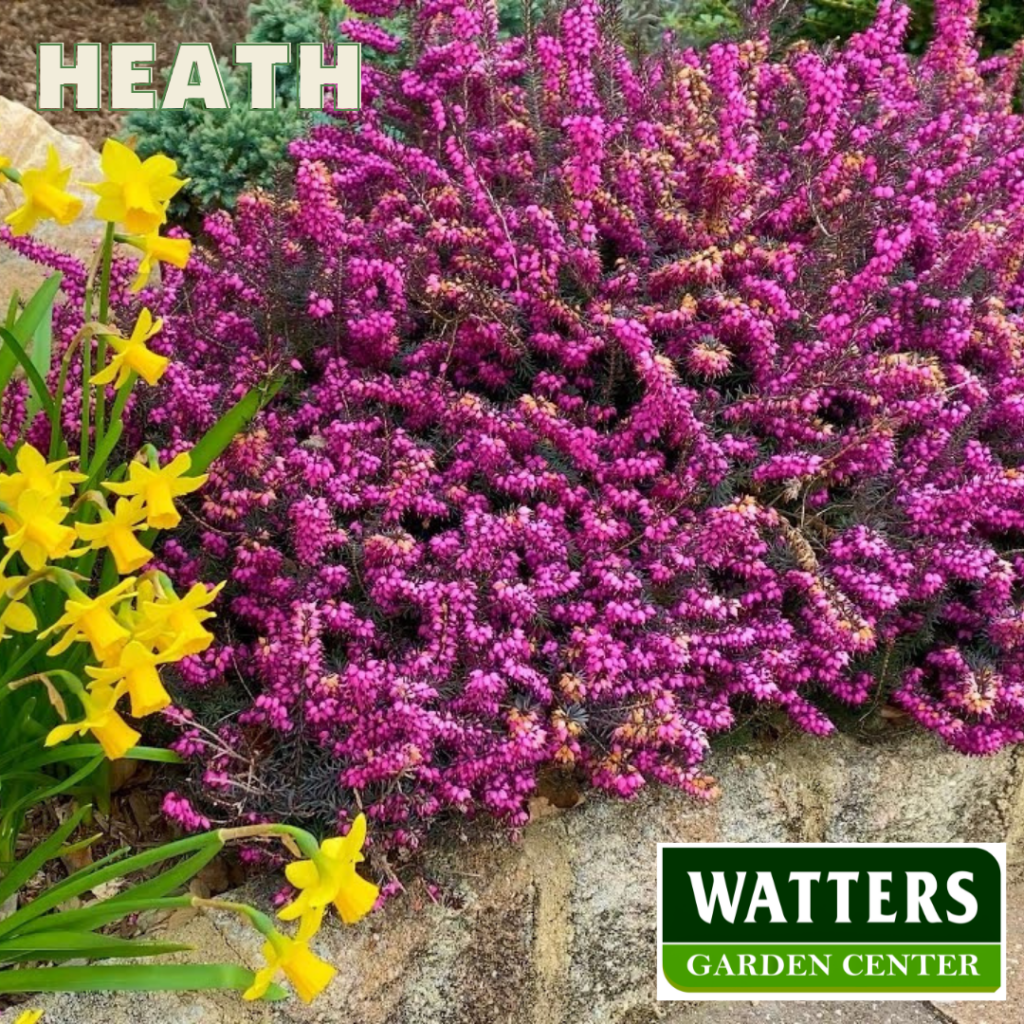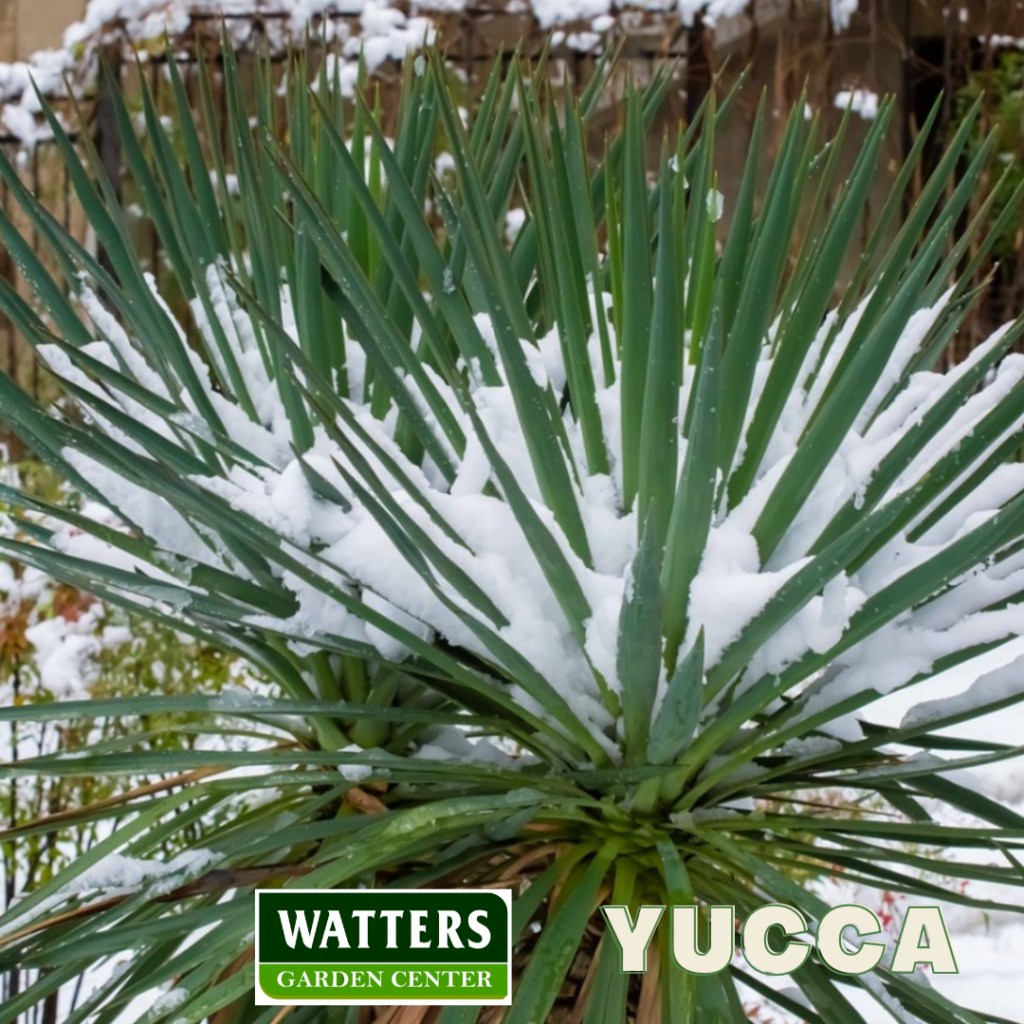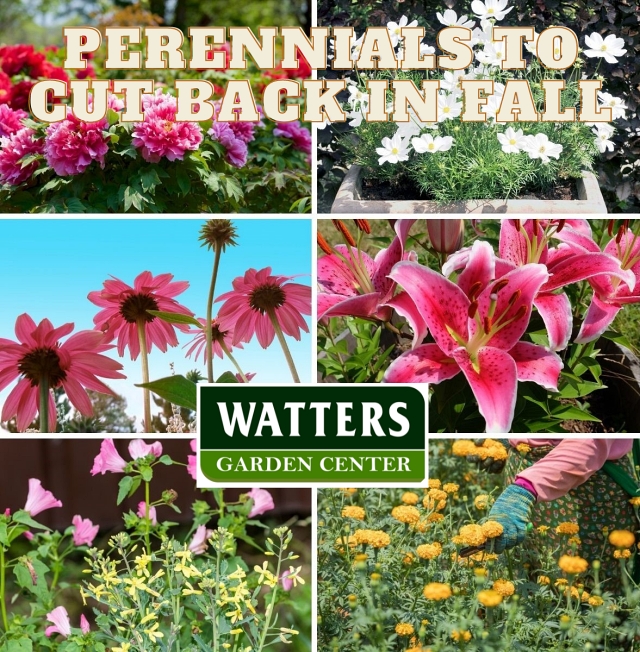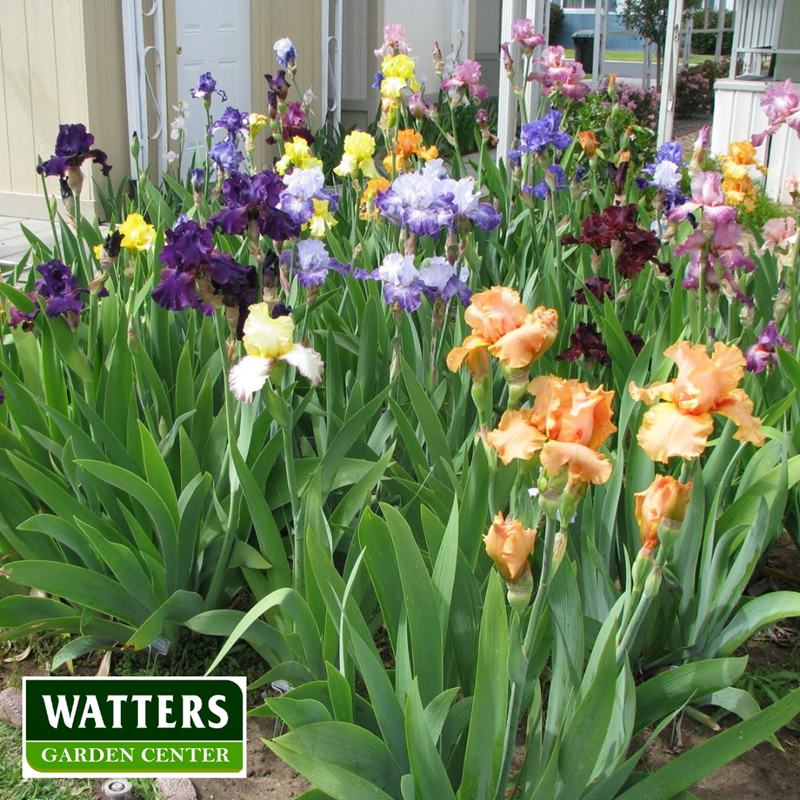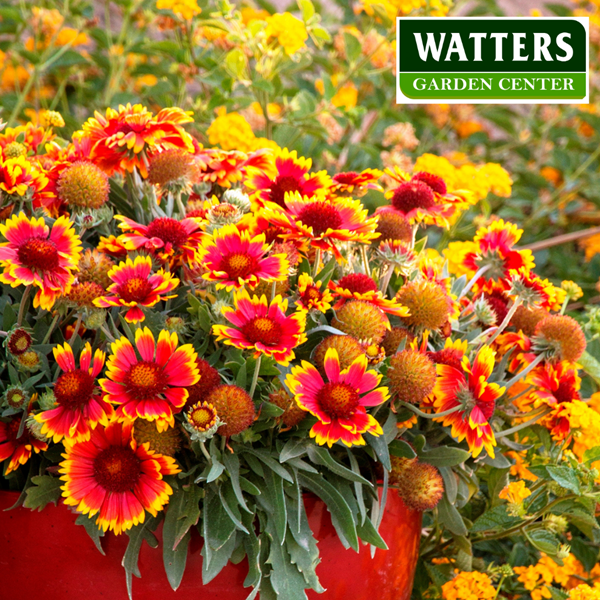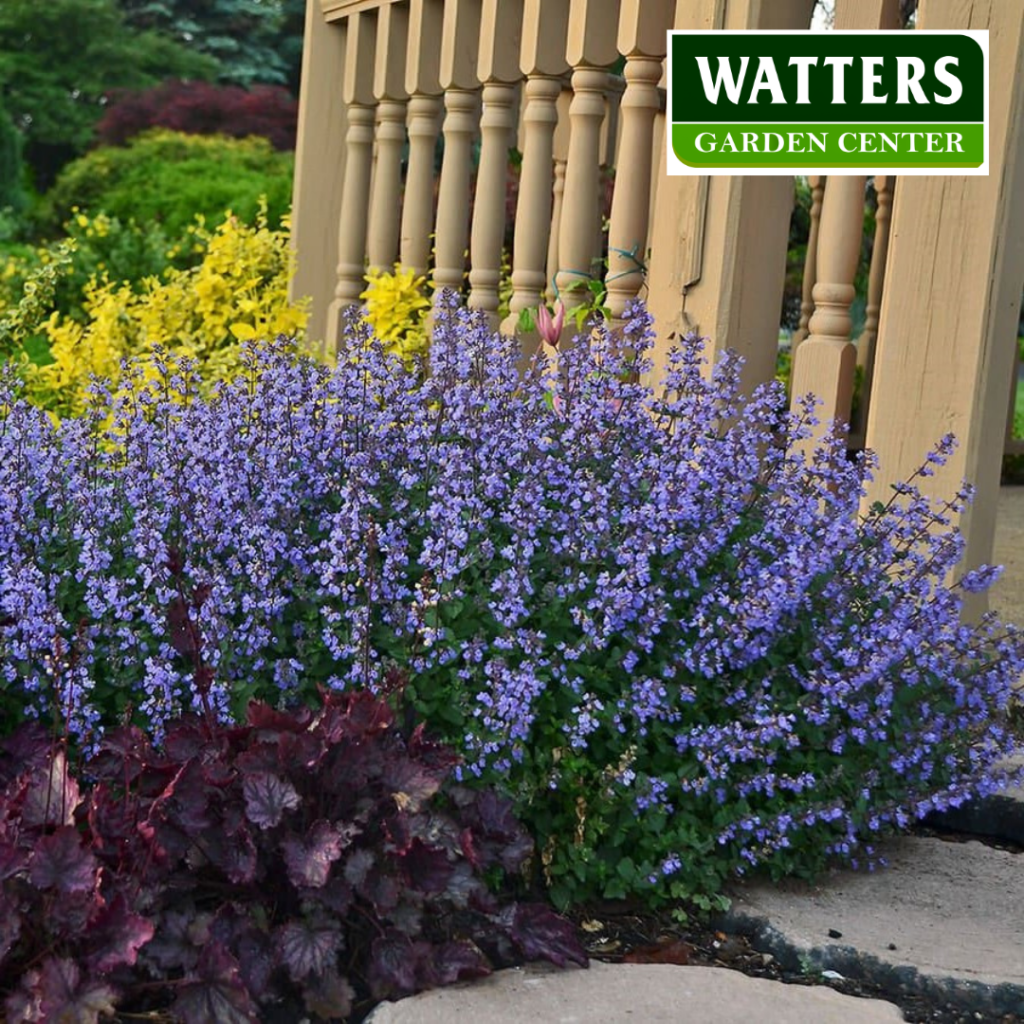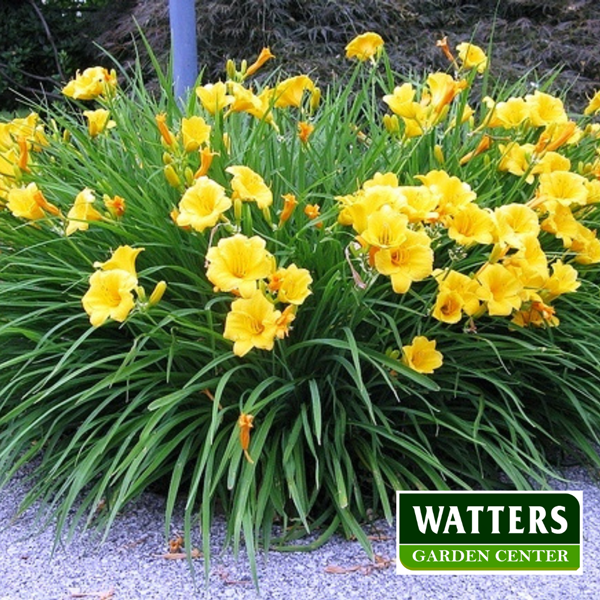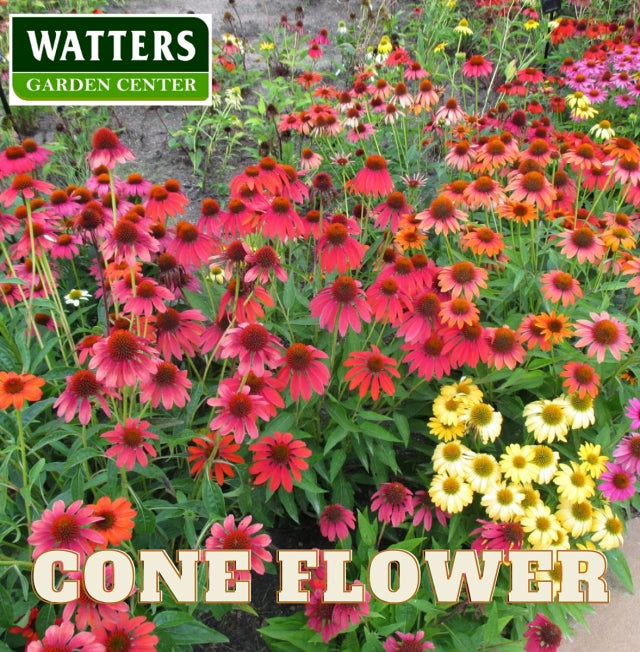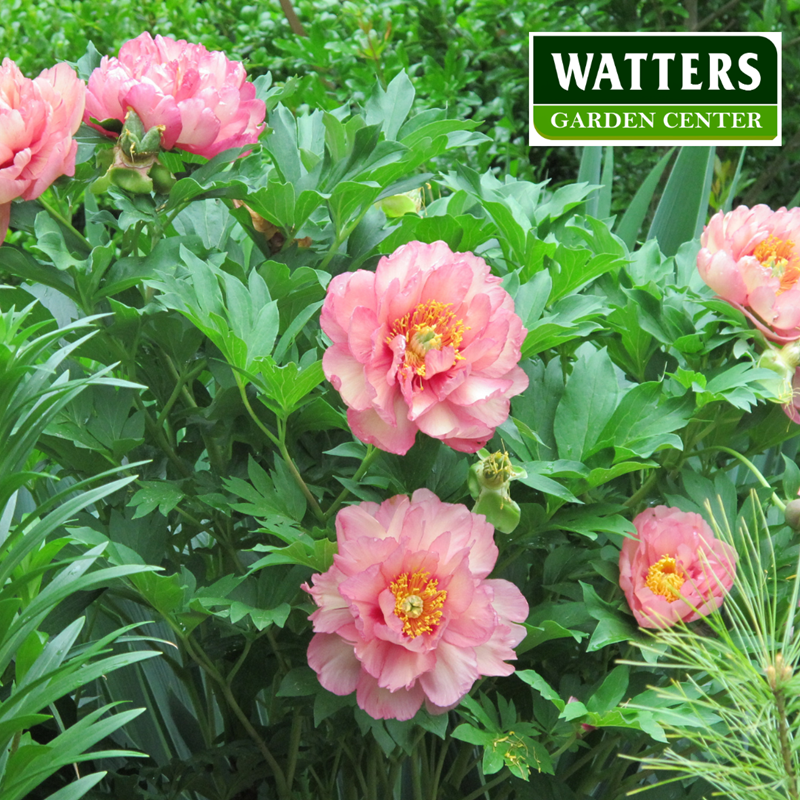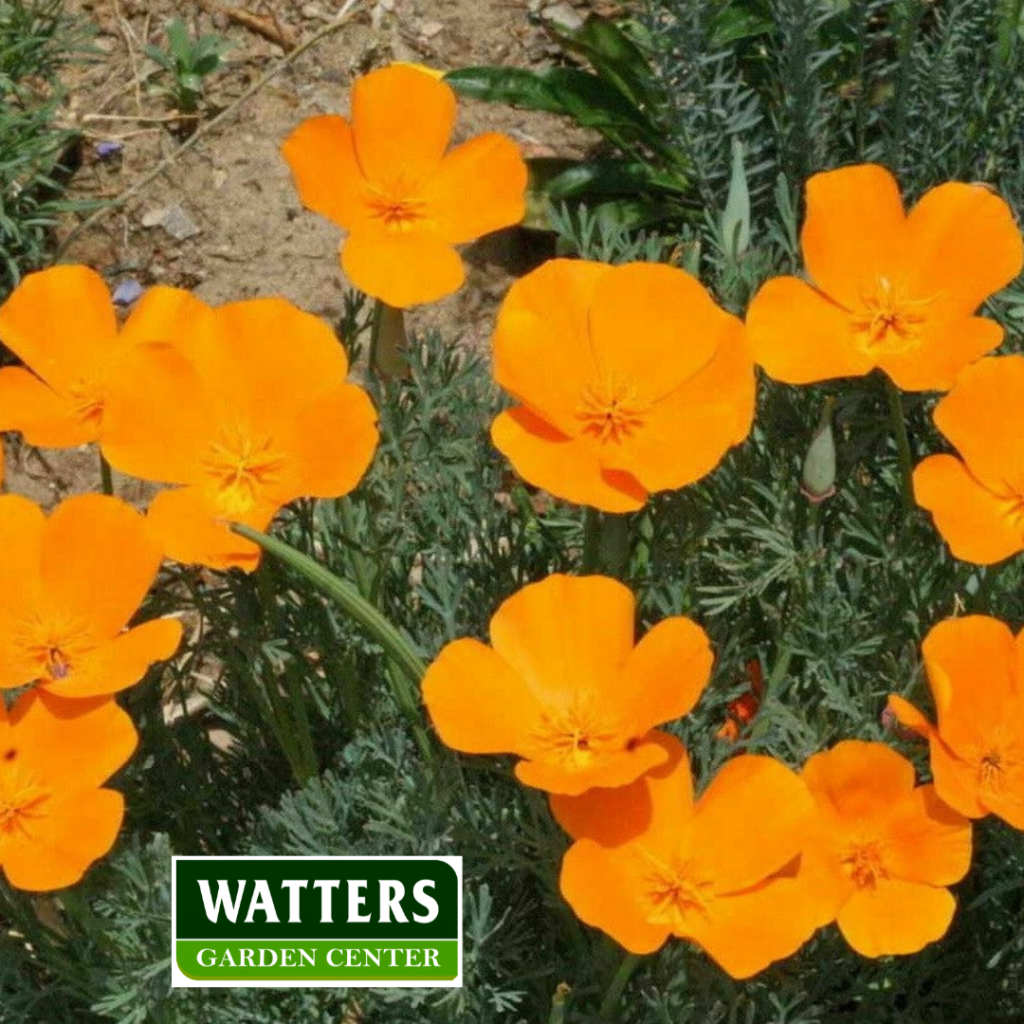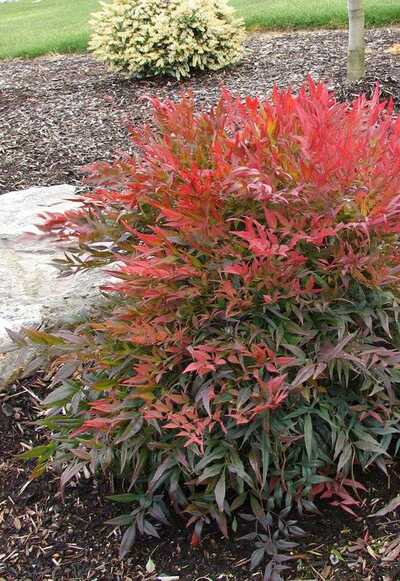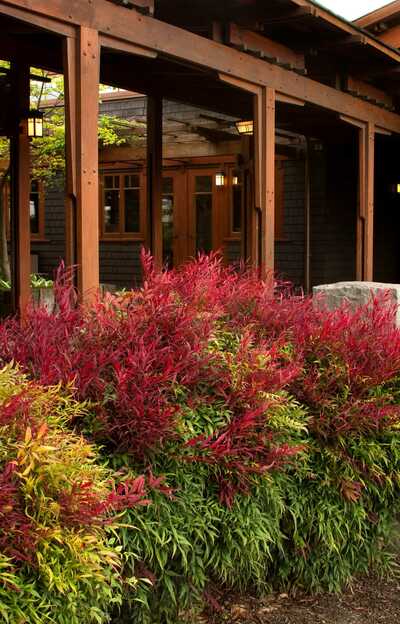By Ken Lain, the mountain gardener

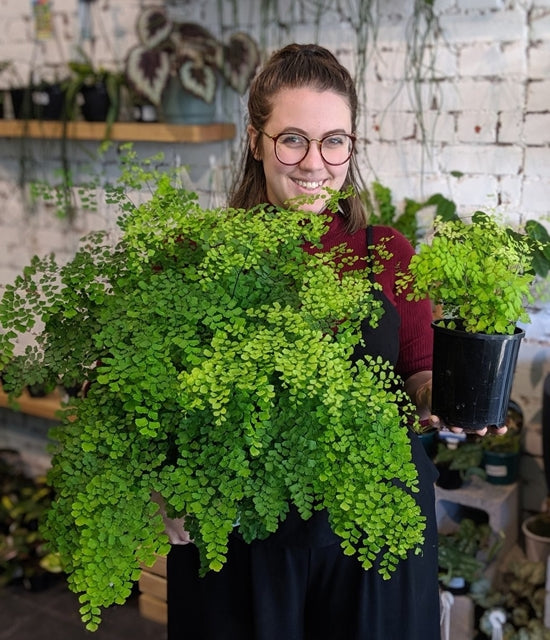
Breathing more effortlessly in the New Year just got a lot easier, thanks to these top 10 houseplants that keep your home healthy and vibrant all year.
Today’s tightly sealed modern homes trap stale air and pollutants, creating an environment ripe for dust mites, allergens, and mold. Luckily, nature has a solution: houseplants!
More than just decoration, houseplants are nature’s air purifiers. They release oxygen, absorb carbon dioxide, and remove harmful toxins from the air. Studies by NASA have shown that certain houseplants are particularly effective at cleaning the air, making them an essential addition to any healthy home.
But the benefits don’t stop there! Houseplants:
- Reduce stress and improve mood: Studies have shown that spending time around plants can lower blood pressure, reduce anxiety, and boost overall mood.
- Increase humidity: This is especially beneficial during the dry winter when indoor air can become overly dry, leading to respiratory problems and irritated skin.
- Add beauty and life to your home: A well-placed houseplant instantly transforms the look and feel of your room.
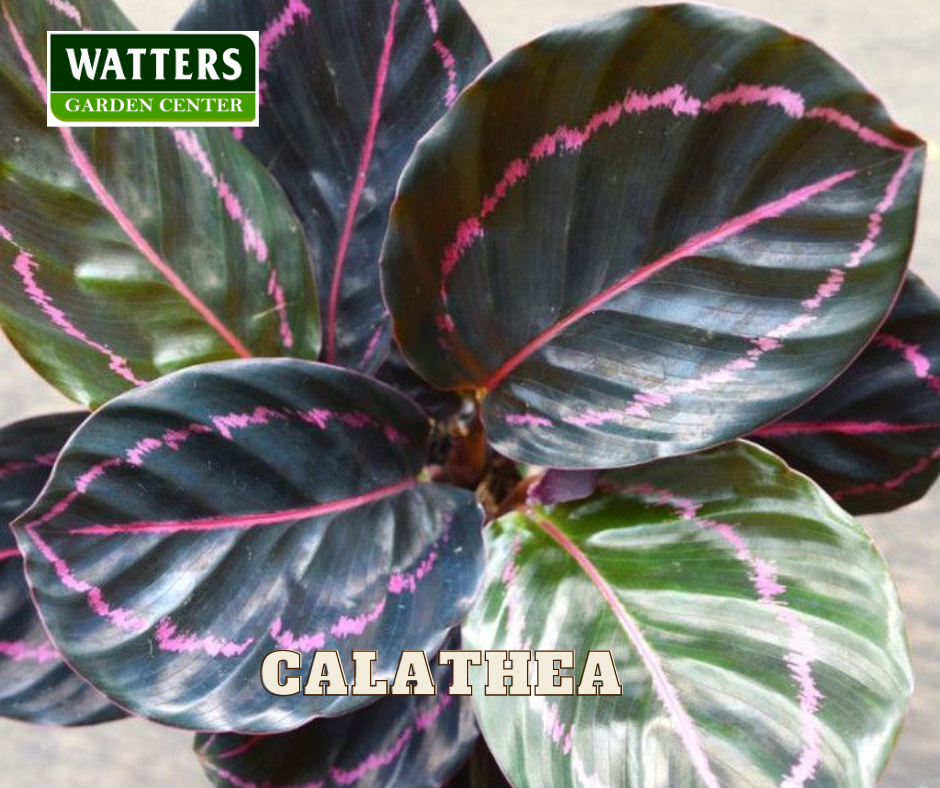
#1 Calathea: This stunning plant features large, colorful leaves in shades of green and purple. It prefers bright, indirect light, allowing the soil to dry slightly between waterings.
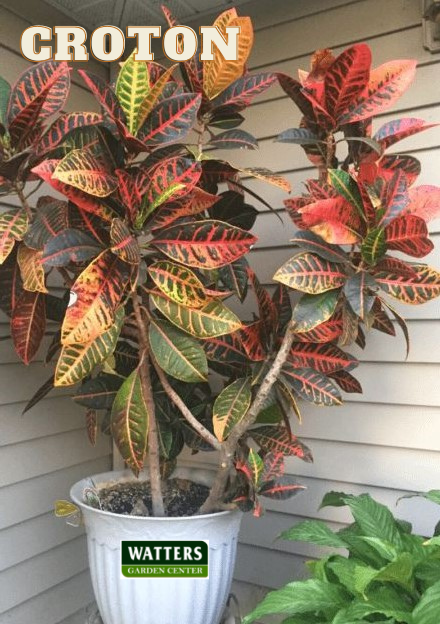
#2 Croton: This vibrant plant boasts stunning foliage with exotic patterns. It thrives in low light but displays even bolder colors when placed in brighter rooms. Water weekly or as the soil dries.
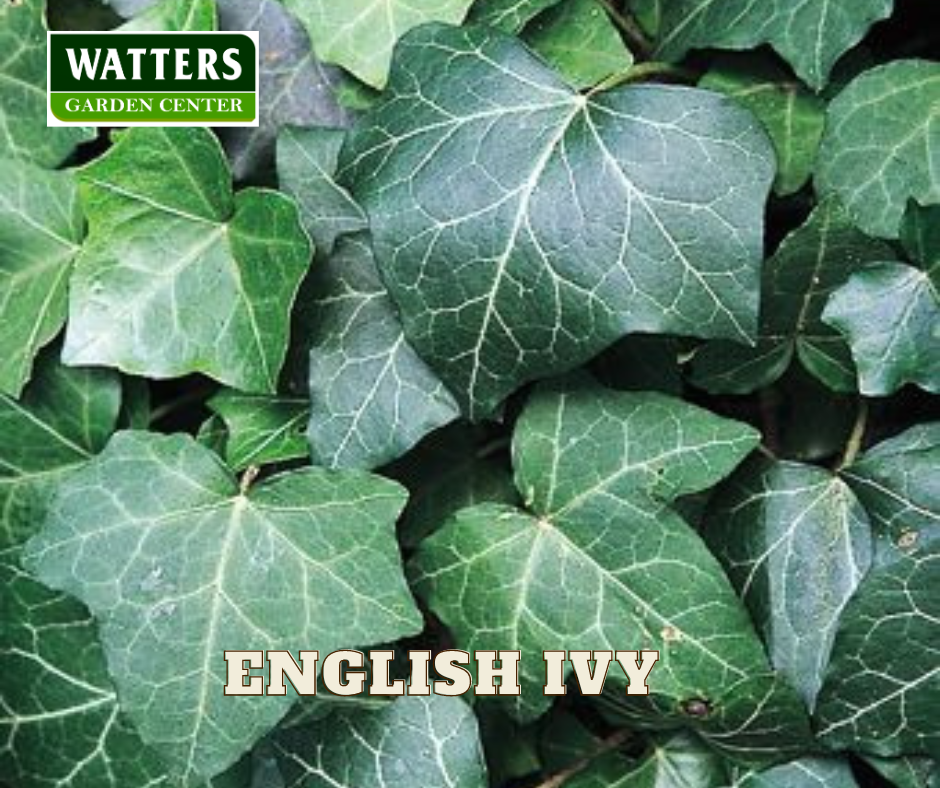
#3 English ivy: This versatile plant is famous for its trailing vines. Train it into a topiary, let it cascade from a hanging basket, or use it as a groundcover. Grow it in bright light and keep the soil evenly moist.
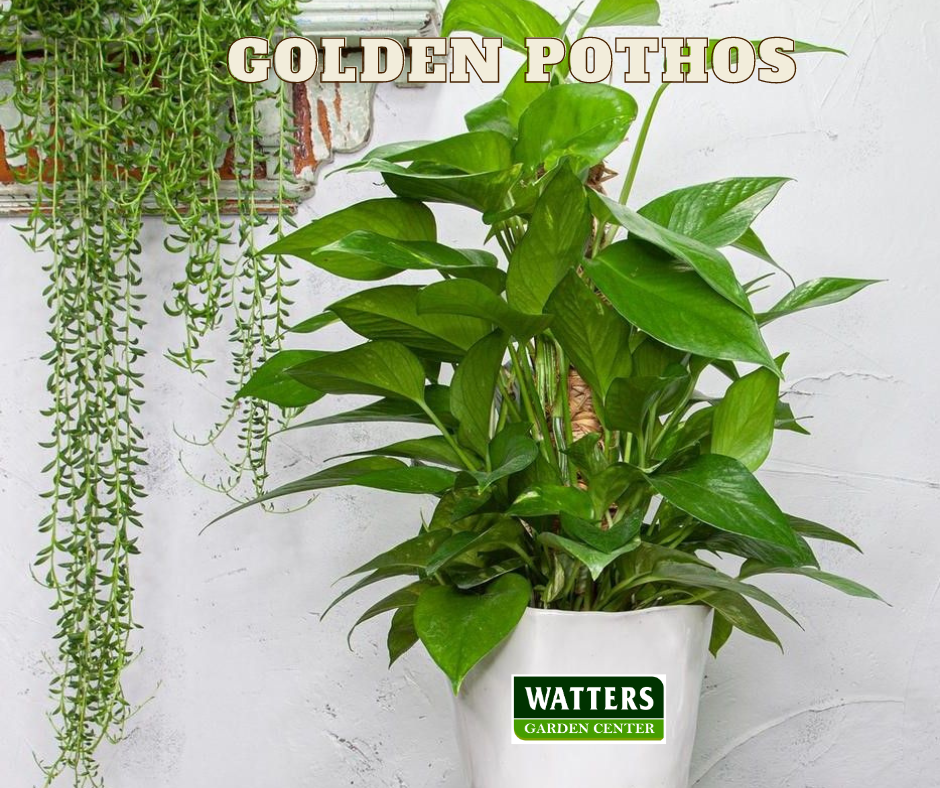
#4 Golden pothos: This easy-to-grow vine thrives in low to medium light. Place it on a table, shelf, or hanging basket, and let the vines trail or grow up a pole. Allow the soil to dry between waterings.
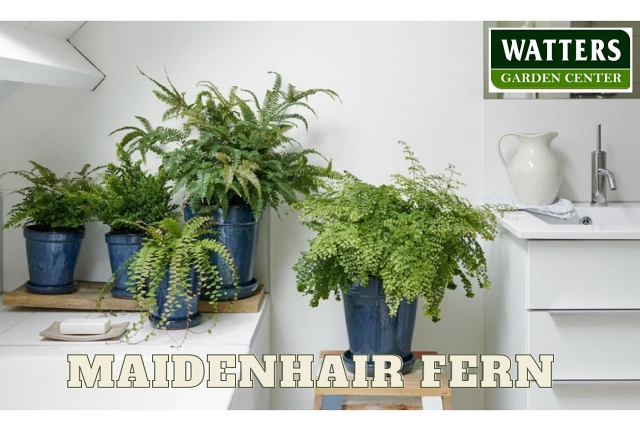
#5 Maidenhair fern: This delicate fern with soft, green leaves adds a touch of elegance to bathrooms and kitchens. Place it on a tray of pebbles with water to maintain high humidity.
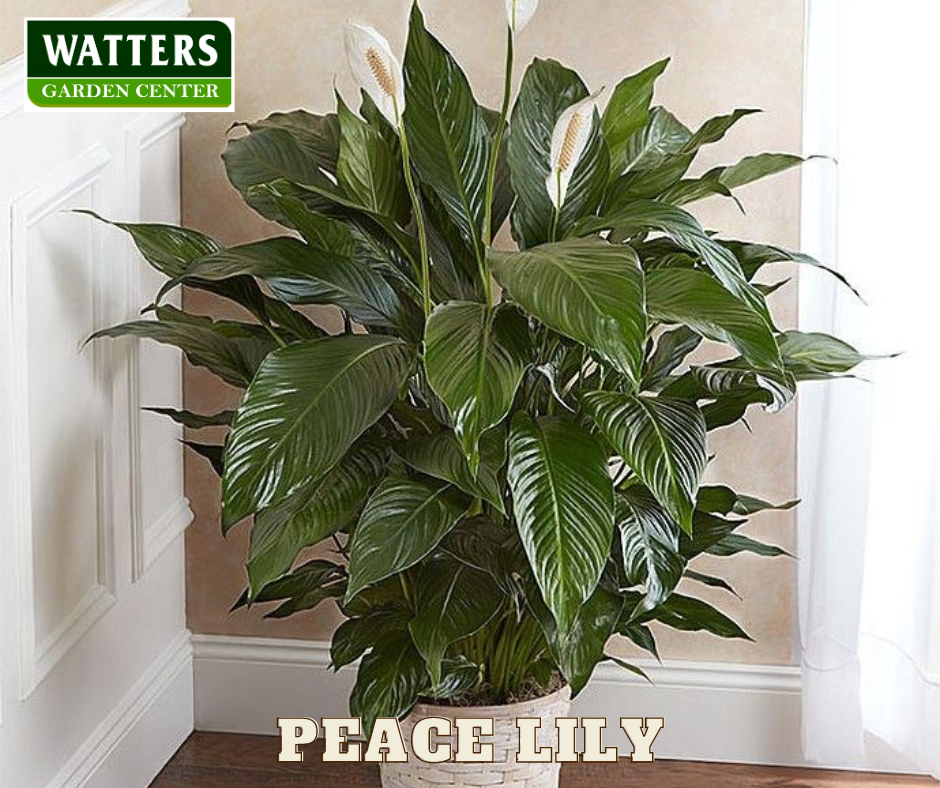
#6 Peace lily: This classic houseplant is famous for a reason. It produces beautiful white blooms and thrives in low-light conditions. It prefers consistently moist soil.

#7 Snake plant: This low-maintenance plant is nearly indestructible. It thrives in low light and requires minimal watering. Perfect for bedrooms and offices.
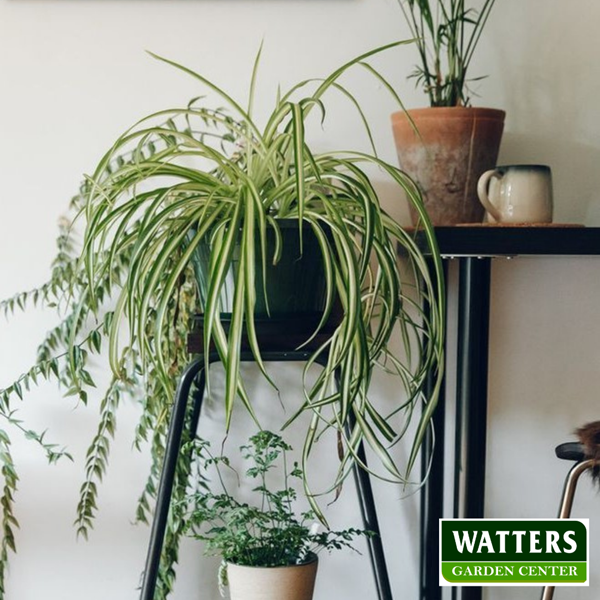
#8 Spider plant: This easy-to-grow plant produces adorable spiderettes that can be propagated to create new plants. It thrives in bright, indirect light and prefers evenly moist soil.
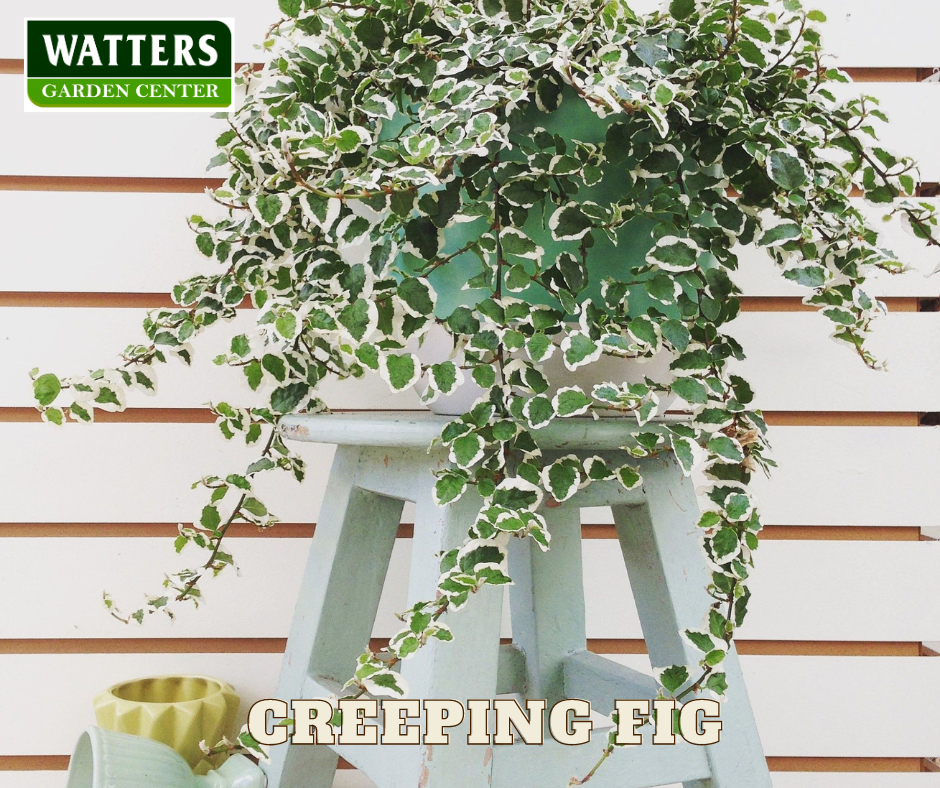
#9 Variegated creeping fig: This vining plant with puckered, heart-shaped leaves is ideal for hanging baskets or training as a topiary. Place it in bright light and keep the soil evenly moist.
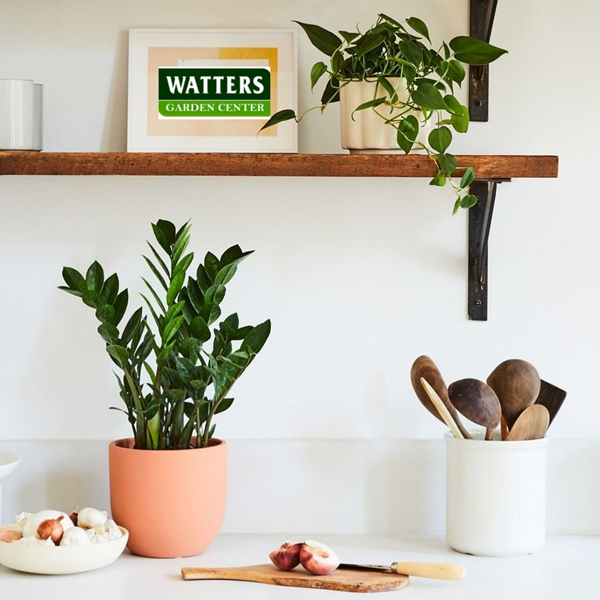
#10 ZZ plant: This low-maintenance plant is perfect for busy individuals. Its tall, succulent stems and architectural structure add a modern touch to any décor. Place it in medium to high light and water only when the soil is arid.
With these top 10 houseplants, you can enjoy cleaner air, reduced stress, and a more vibrant home in the New Year. So head to Watters Garden Center and start breathing easily!

Free Garden Classes offered by Watters Garden Center
We go deep into growing better. Check out this spring’s entire class selection offered every Saturday @ 9:30 am
January 13 – Happy Healthy Houseplants with Professional Style
January 20 – Top Local Landscapes with Flare
January 27 – Why January is the Month to Plant Wildflowers
Until next time, I’ll be helping local gardeners grow better houseplants here at Watters Garden Center.




